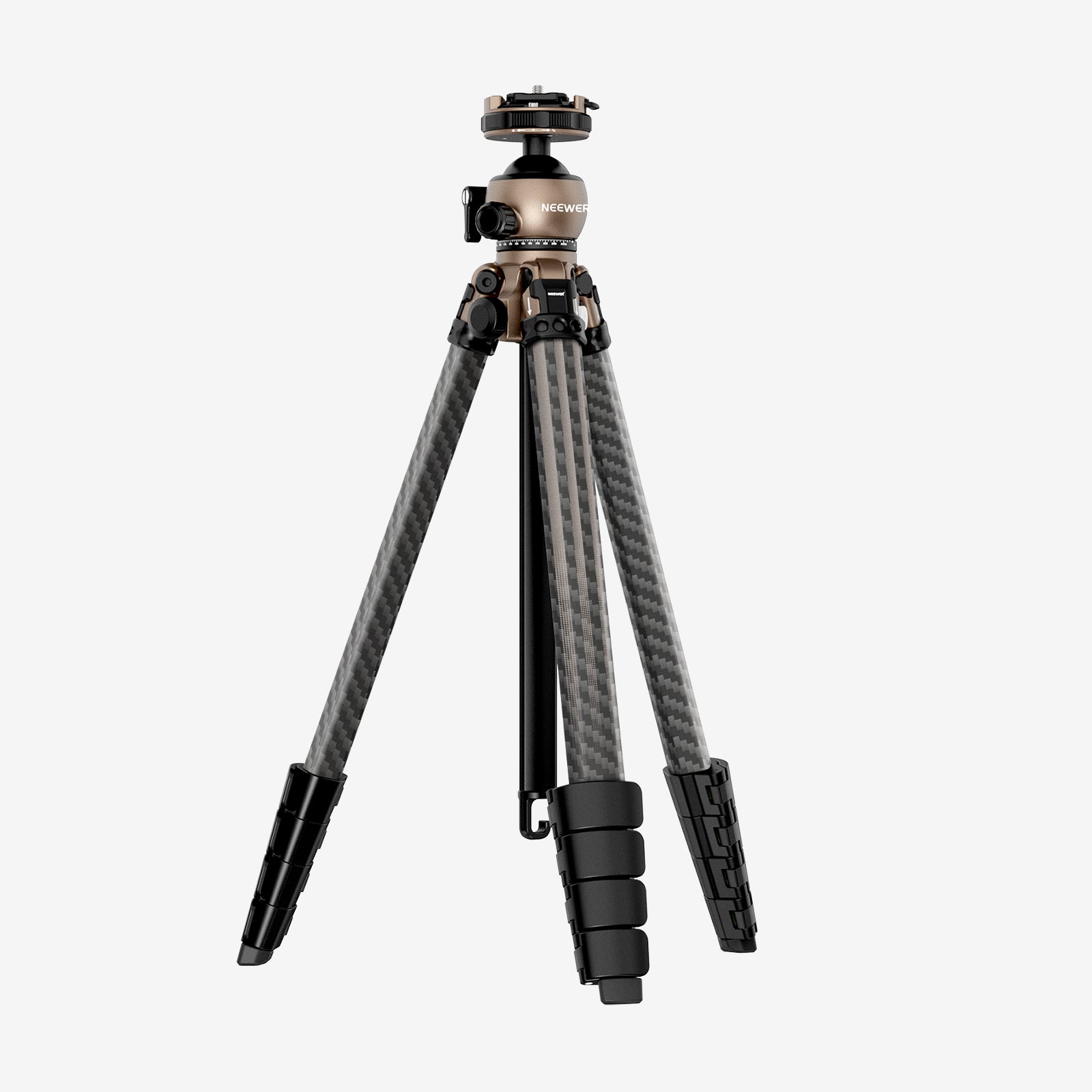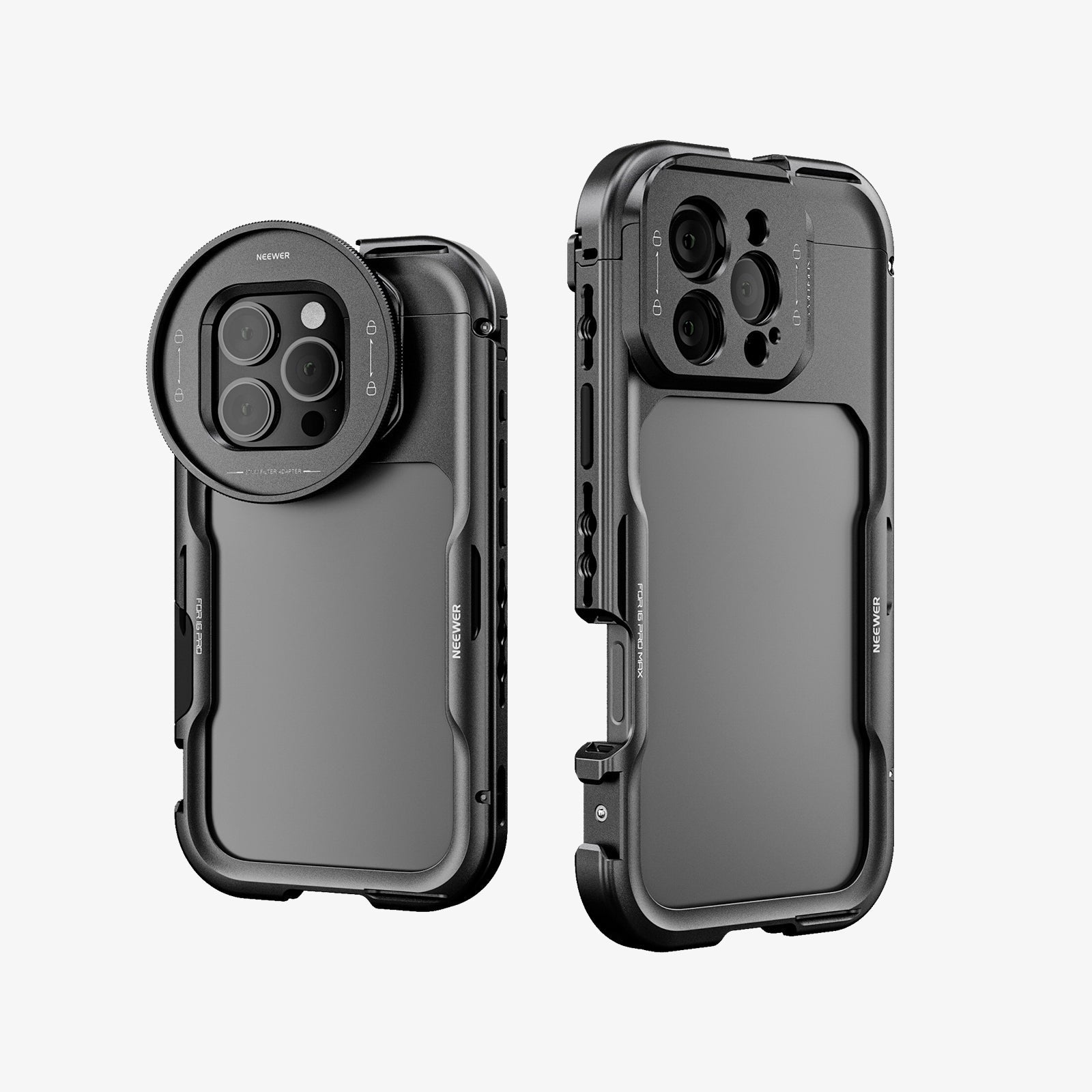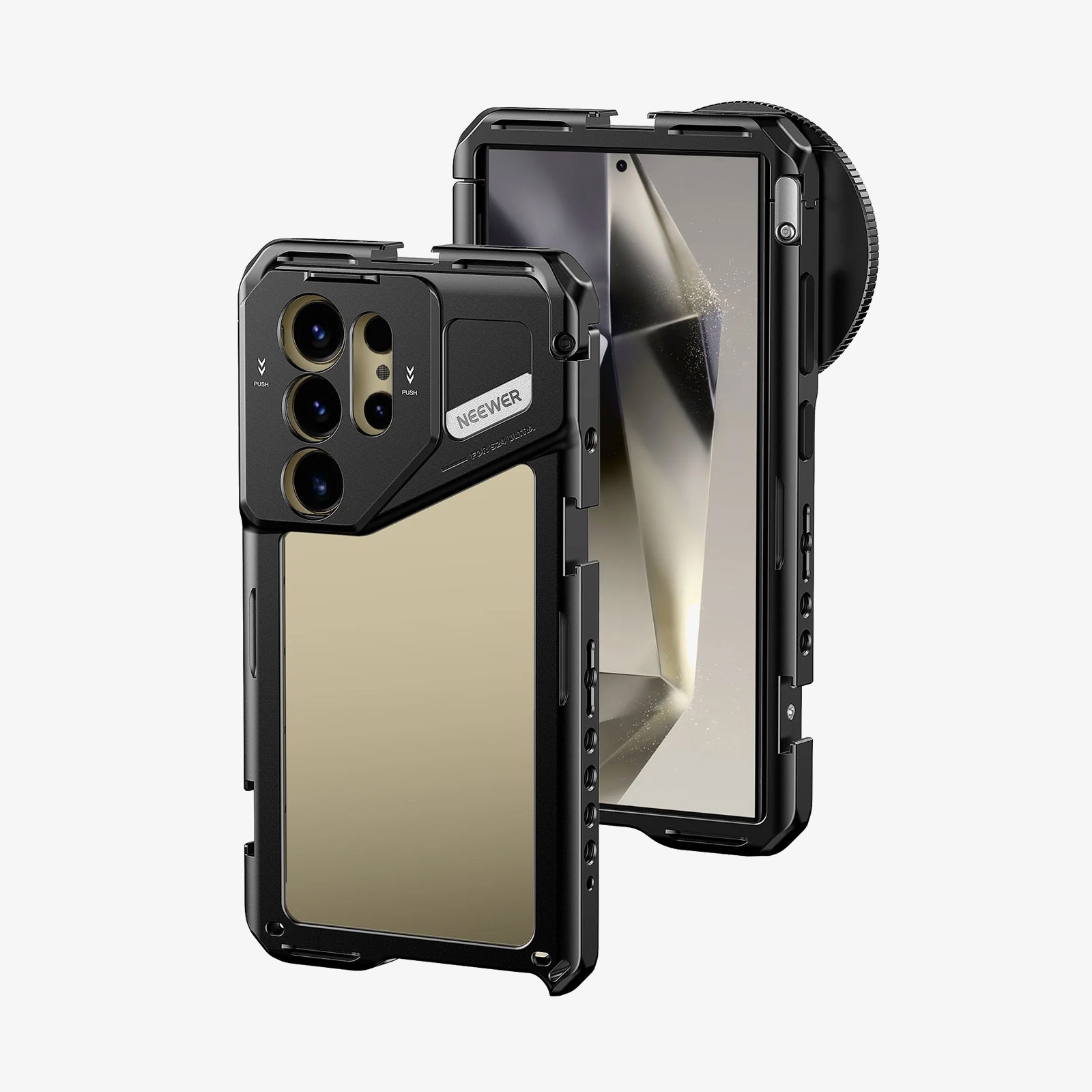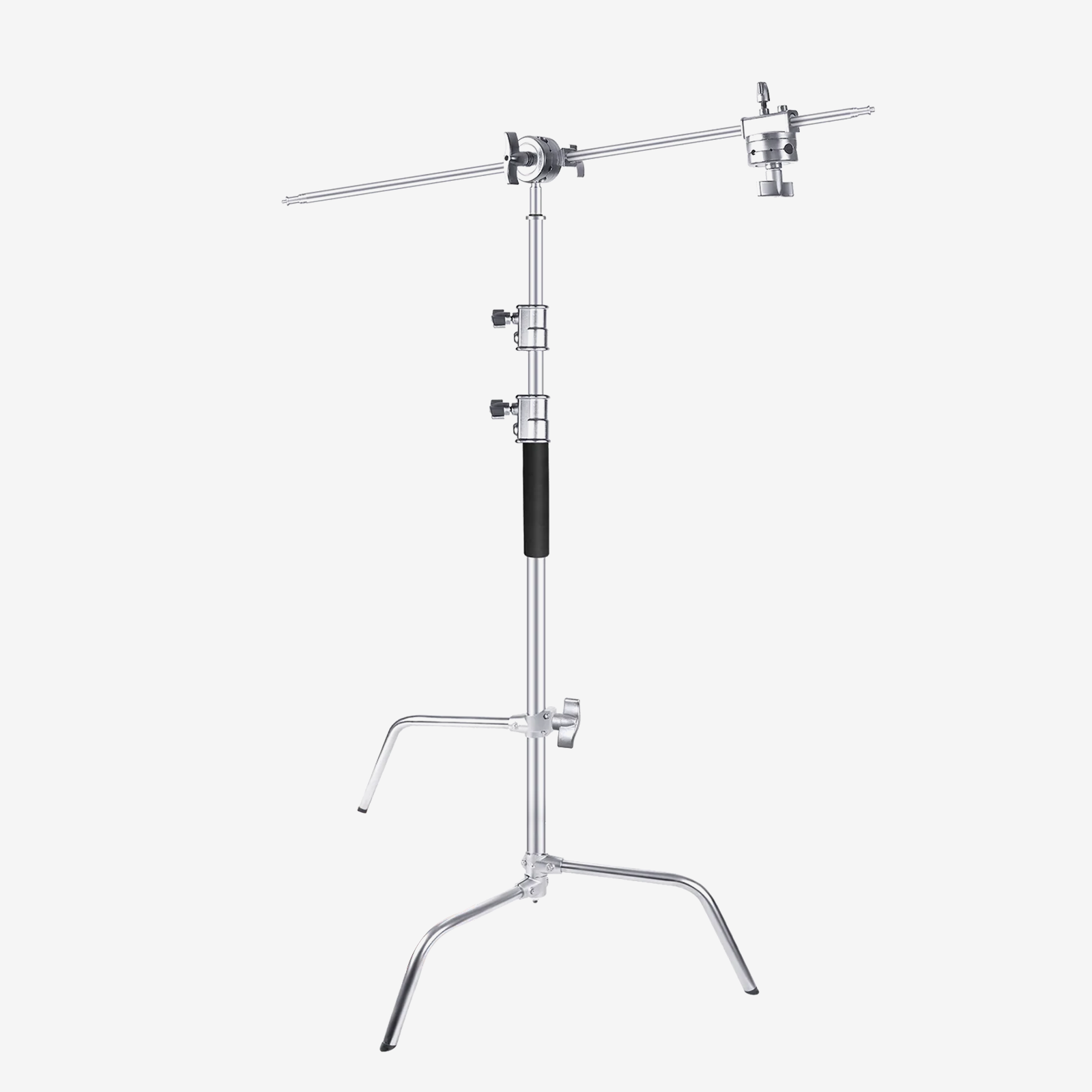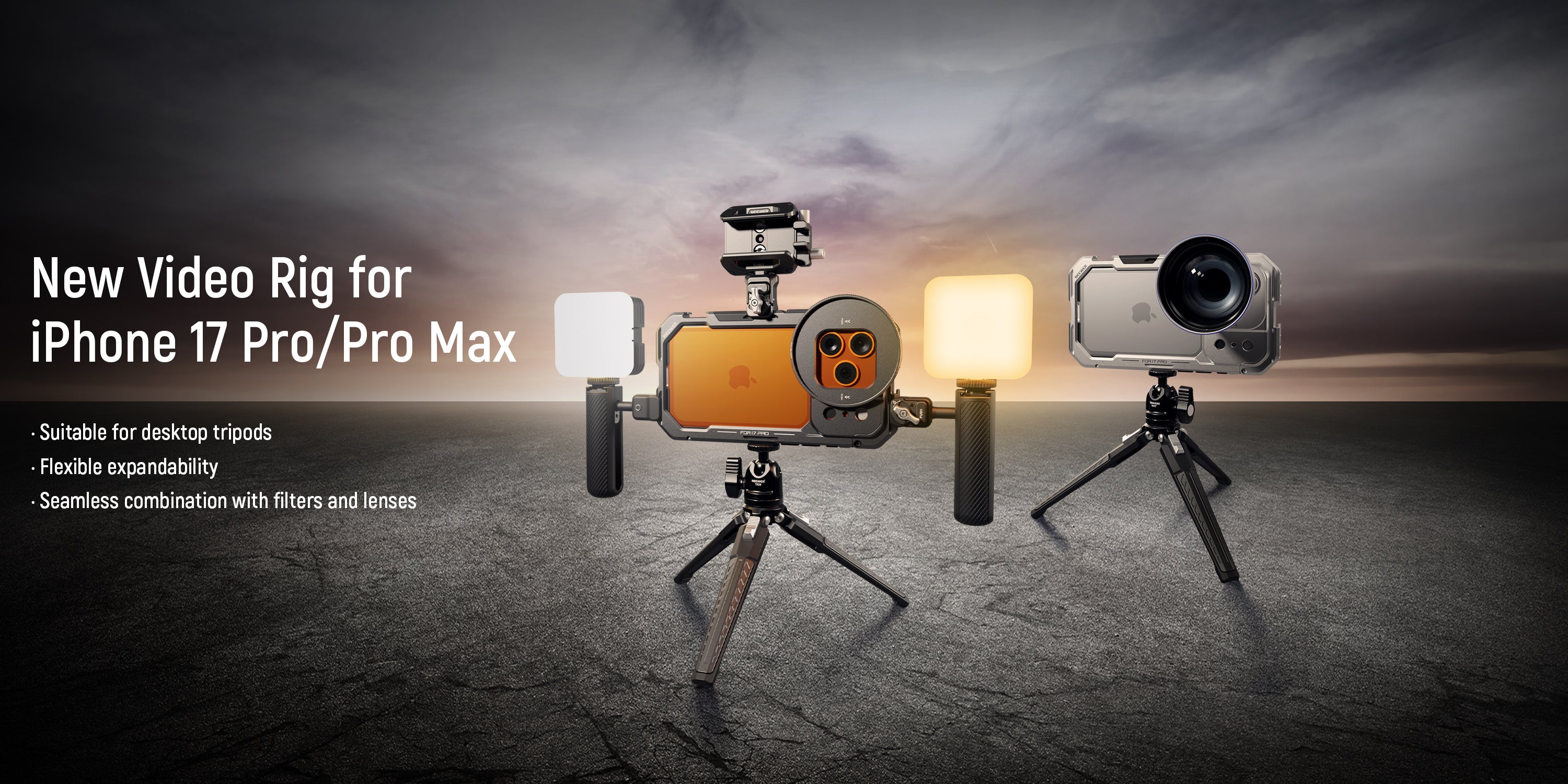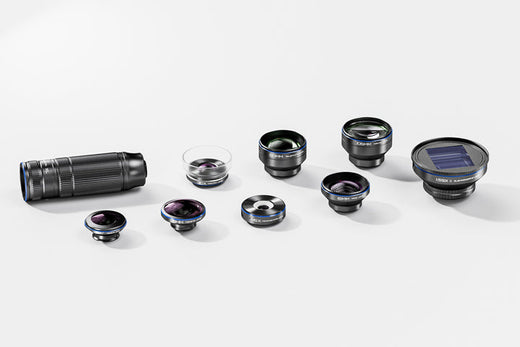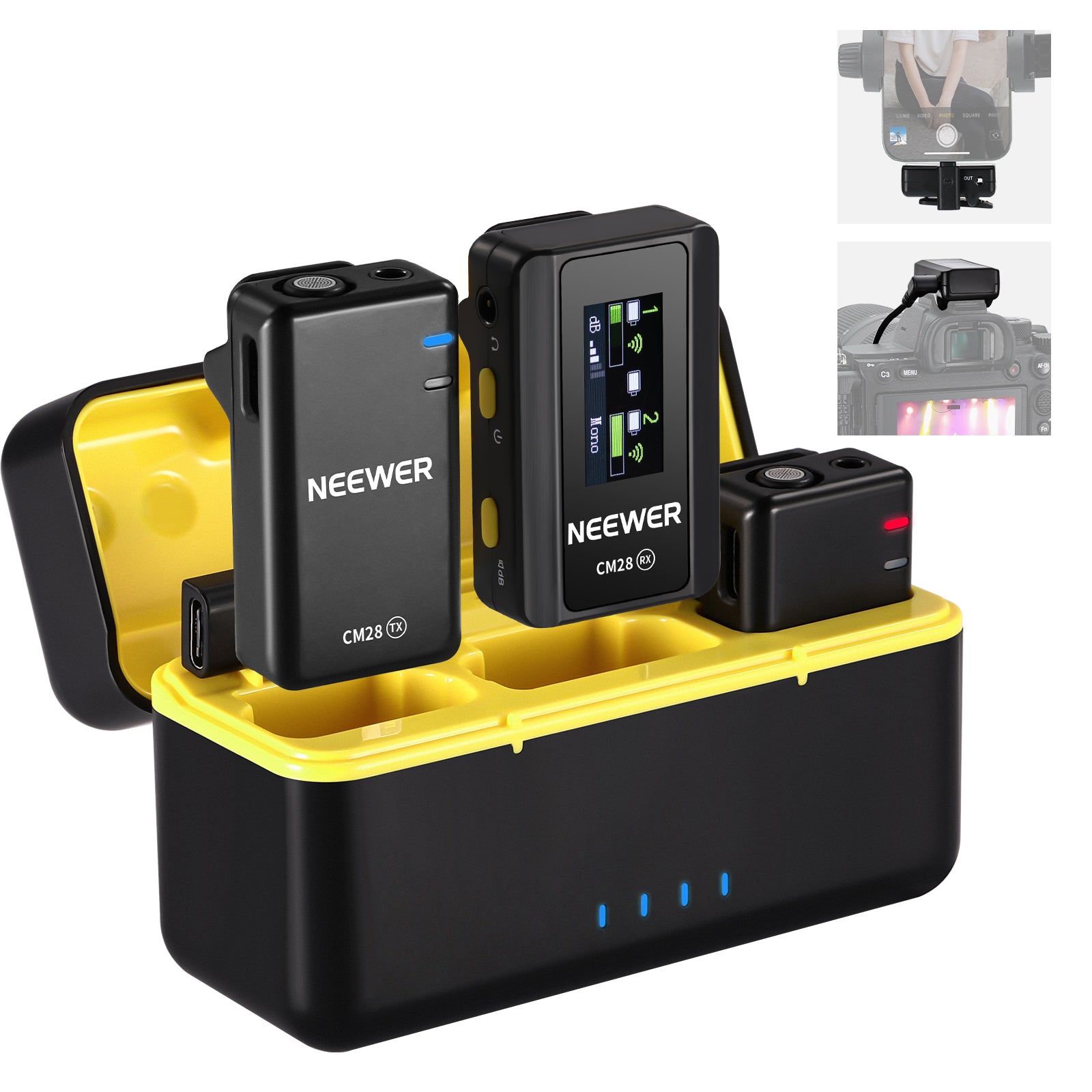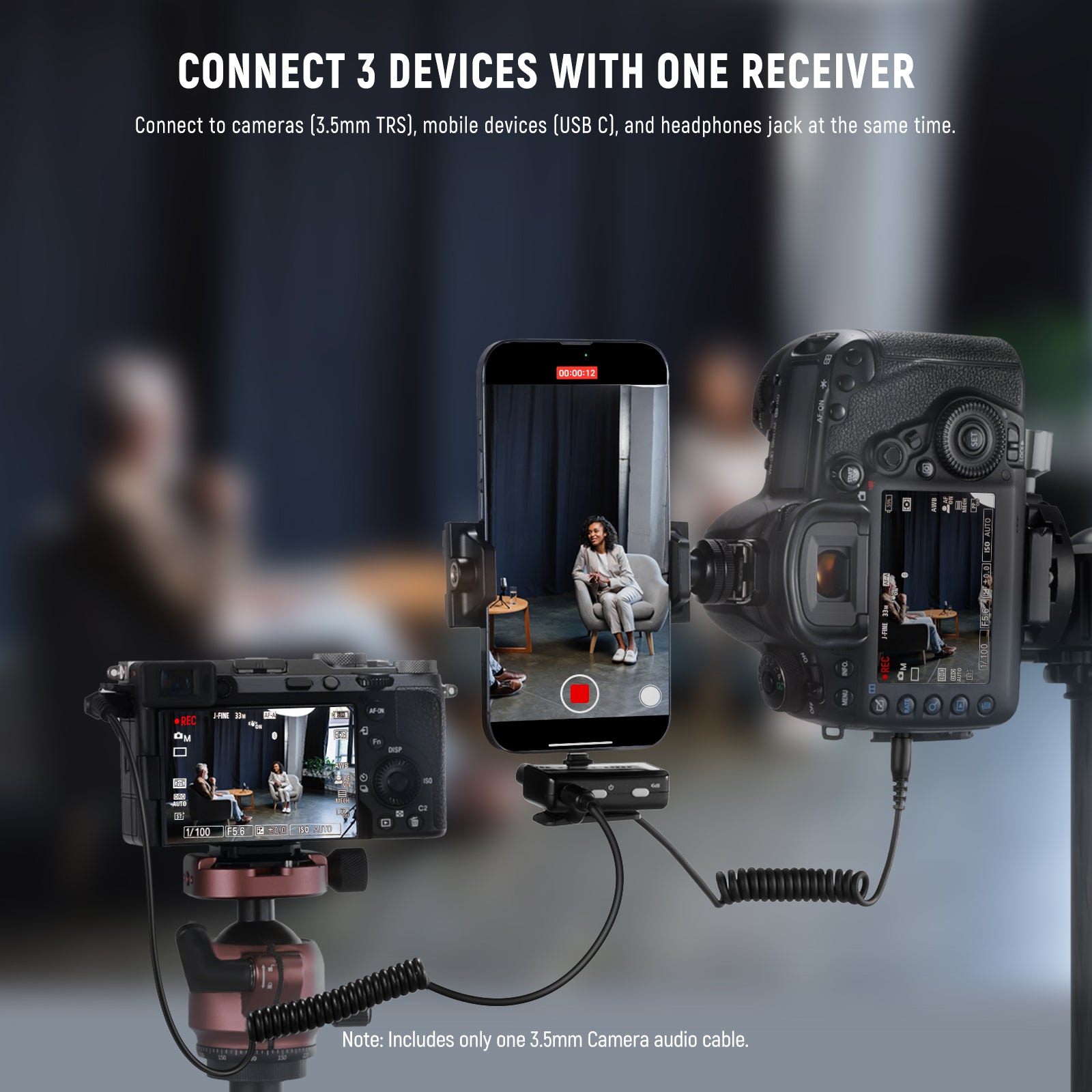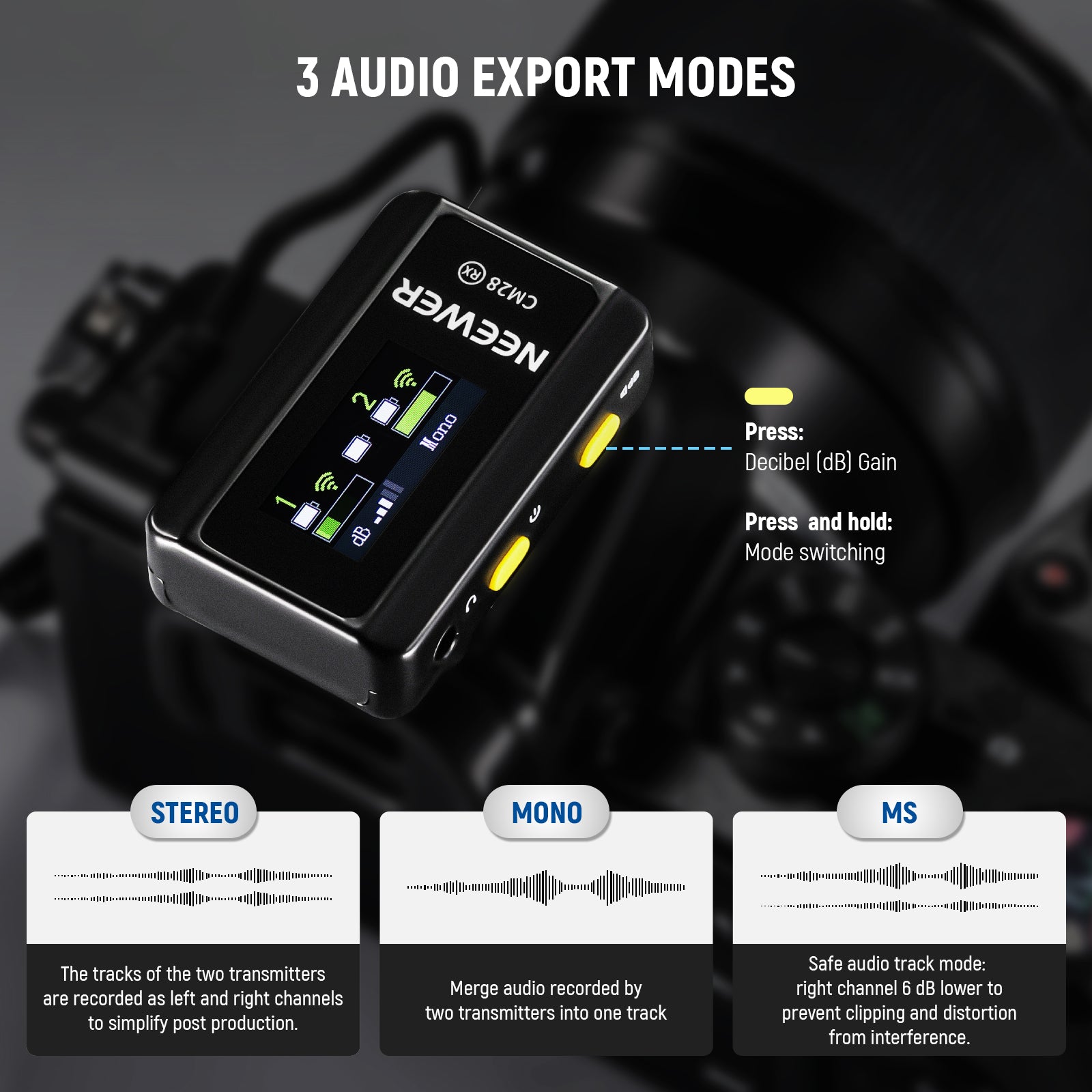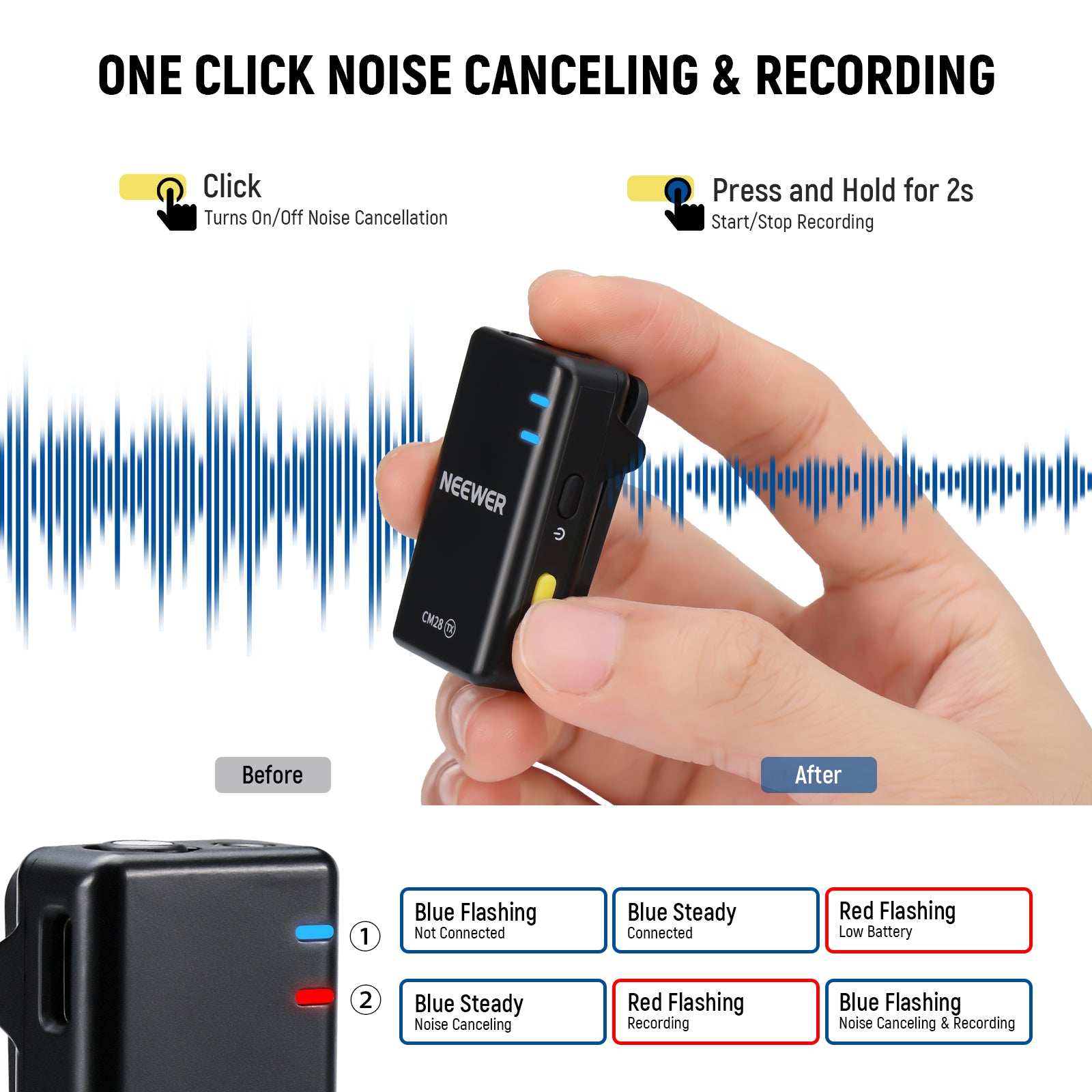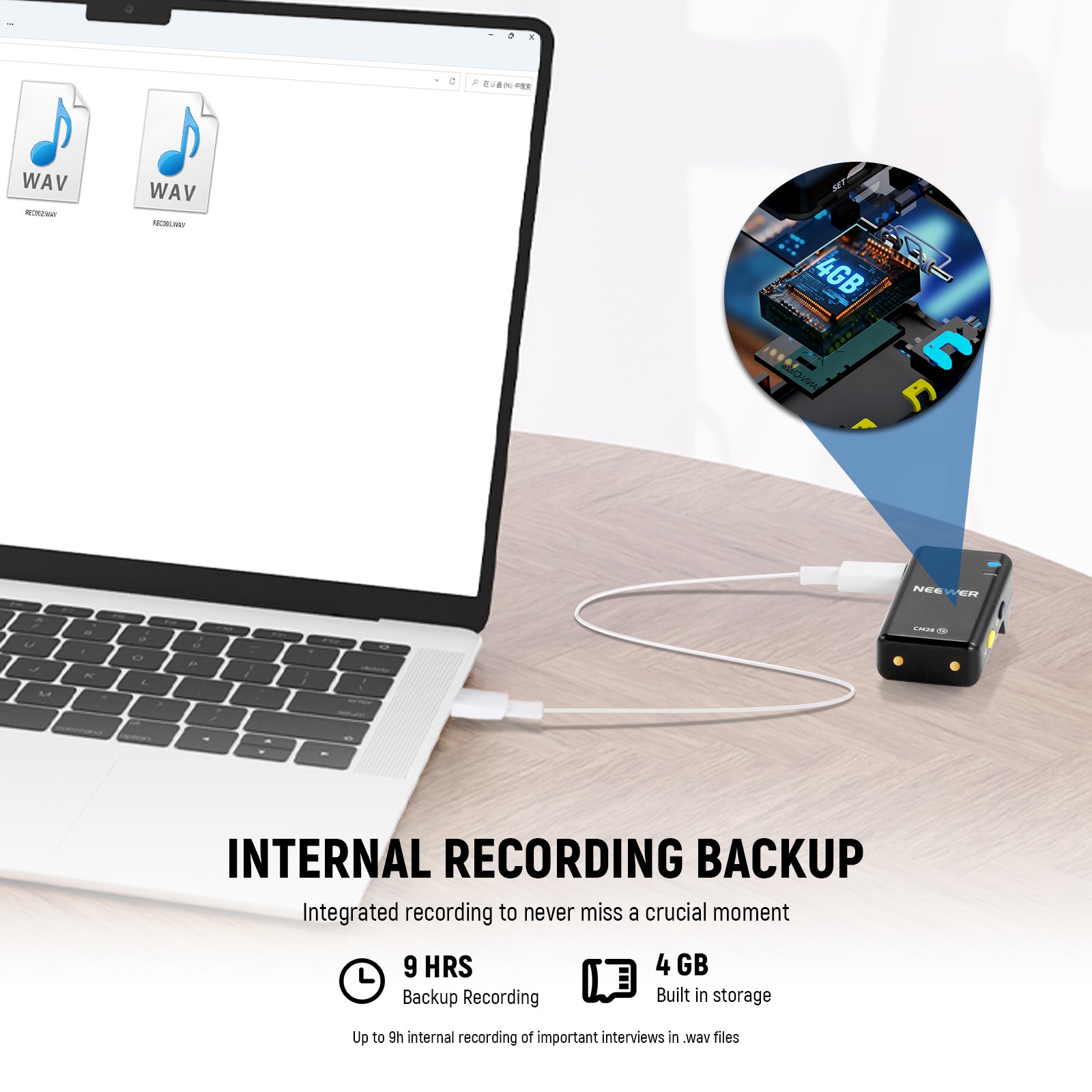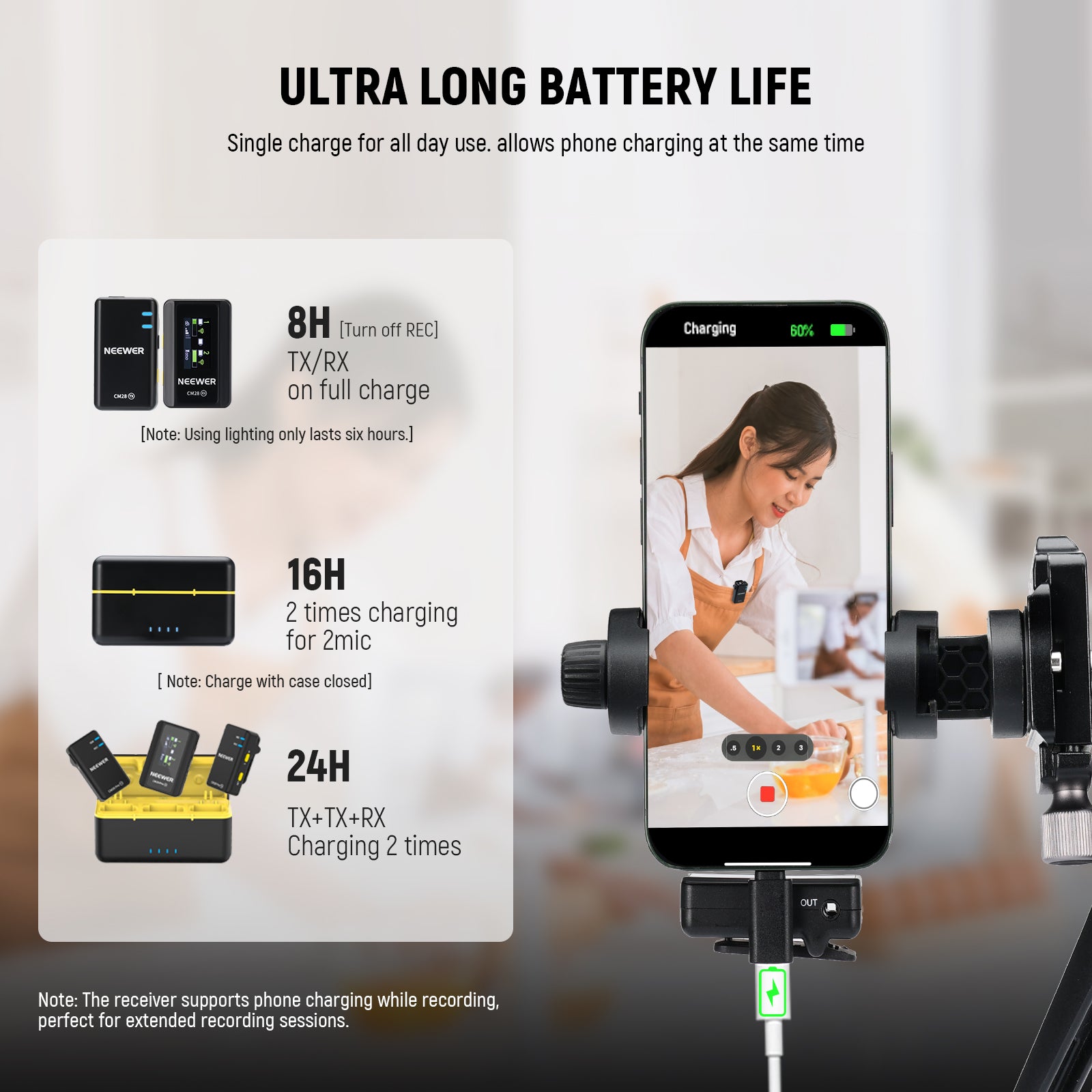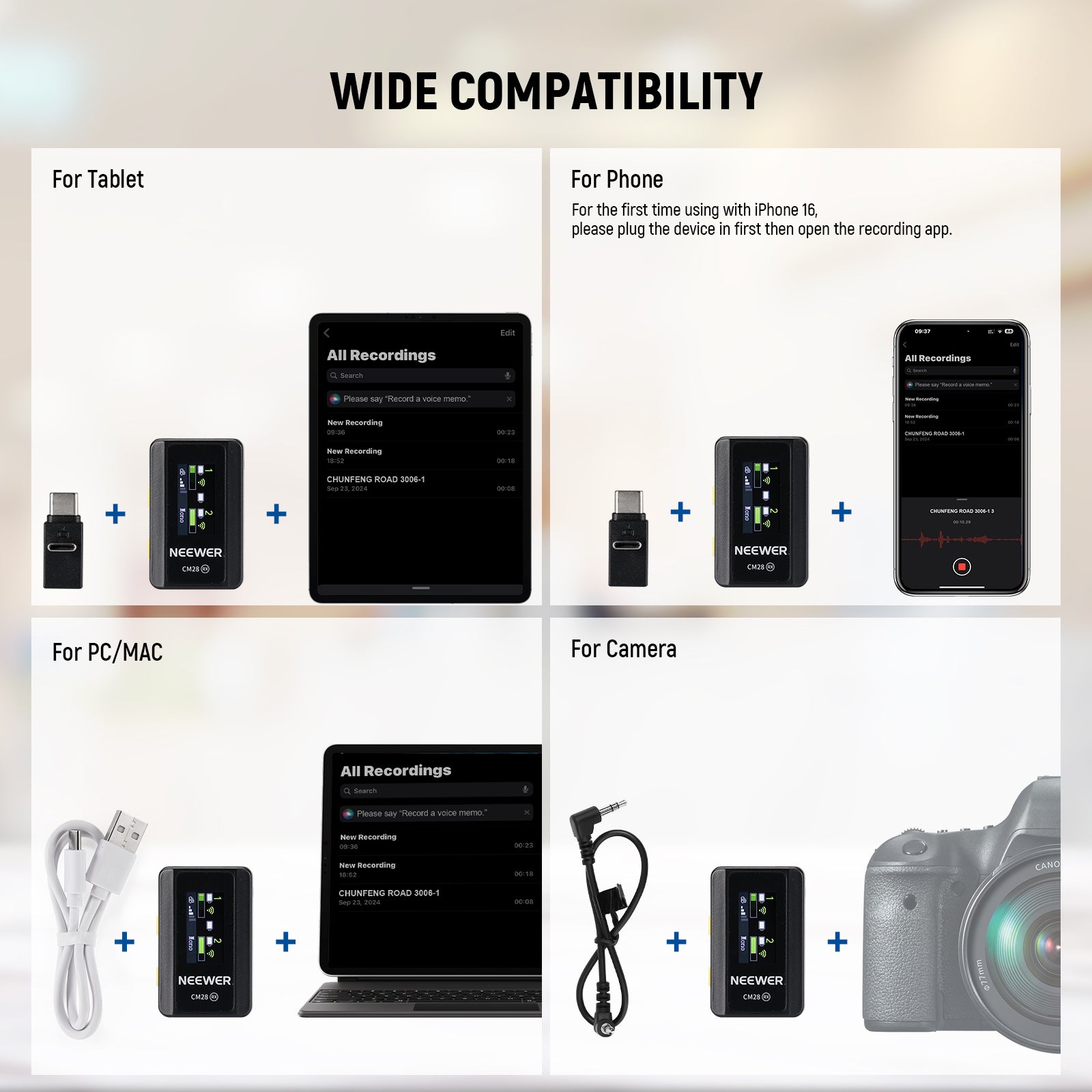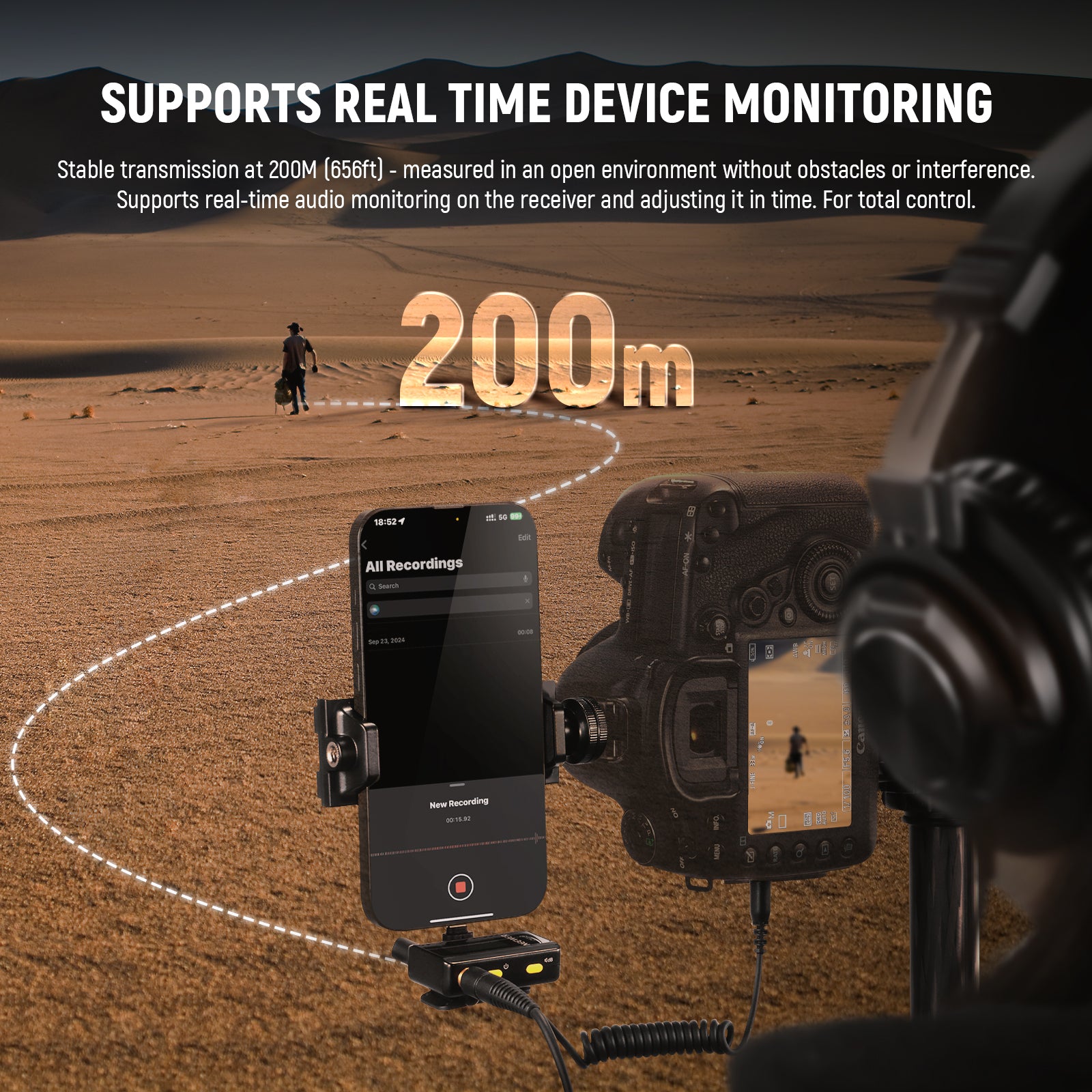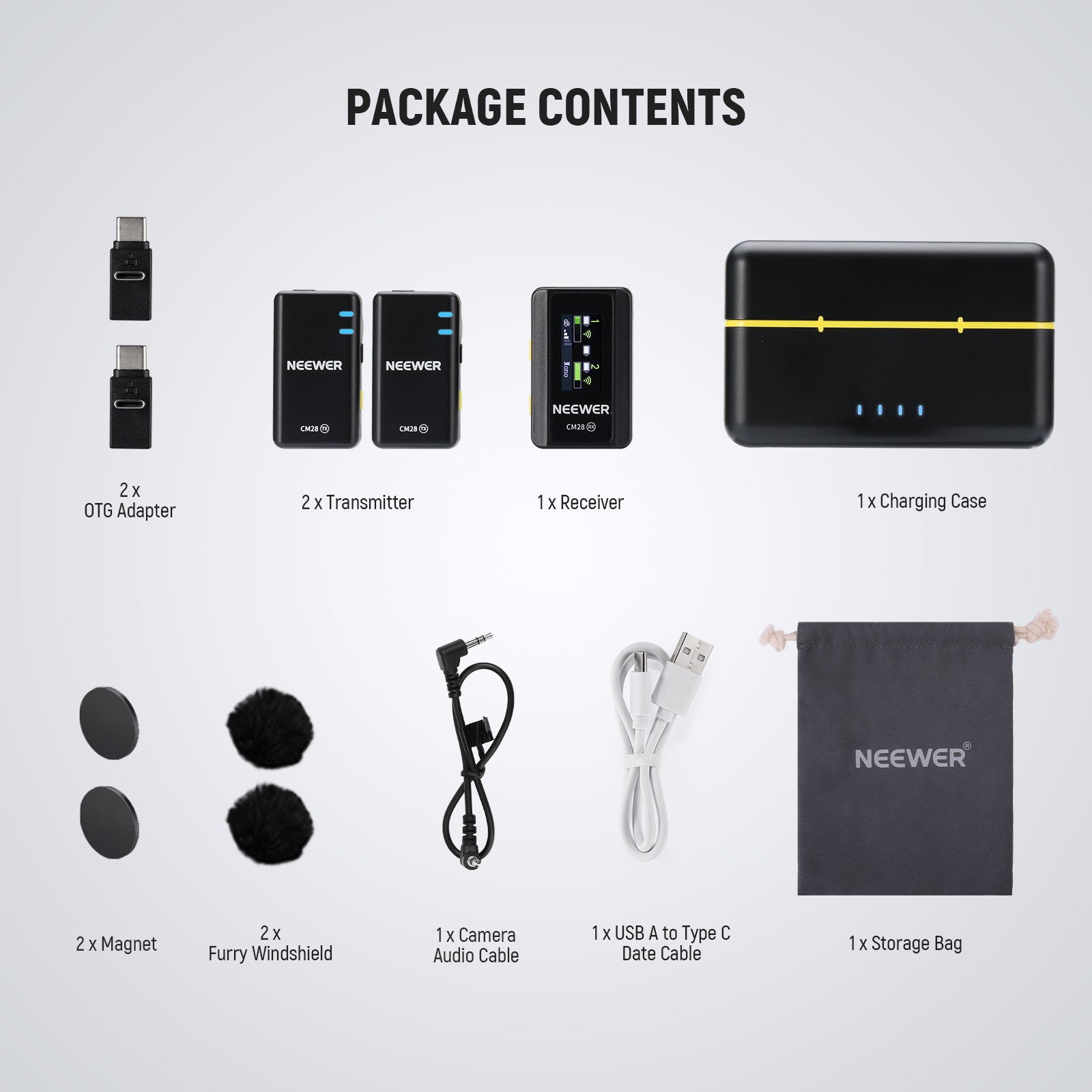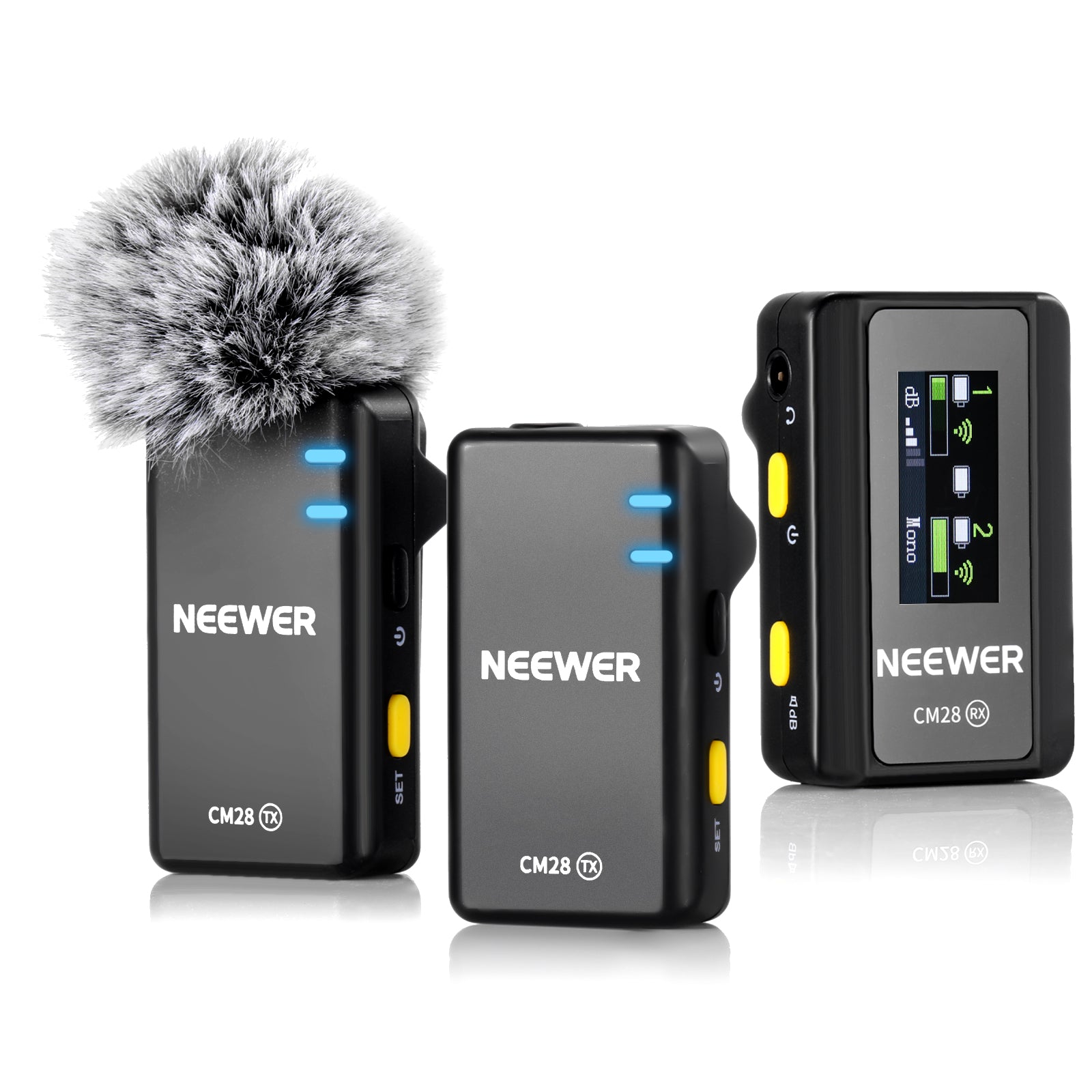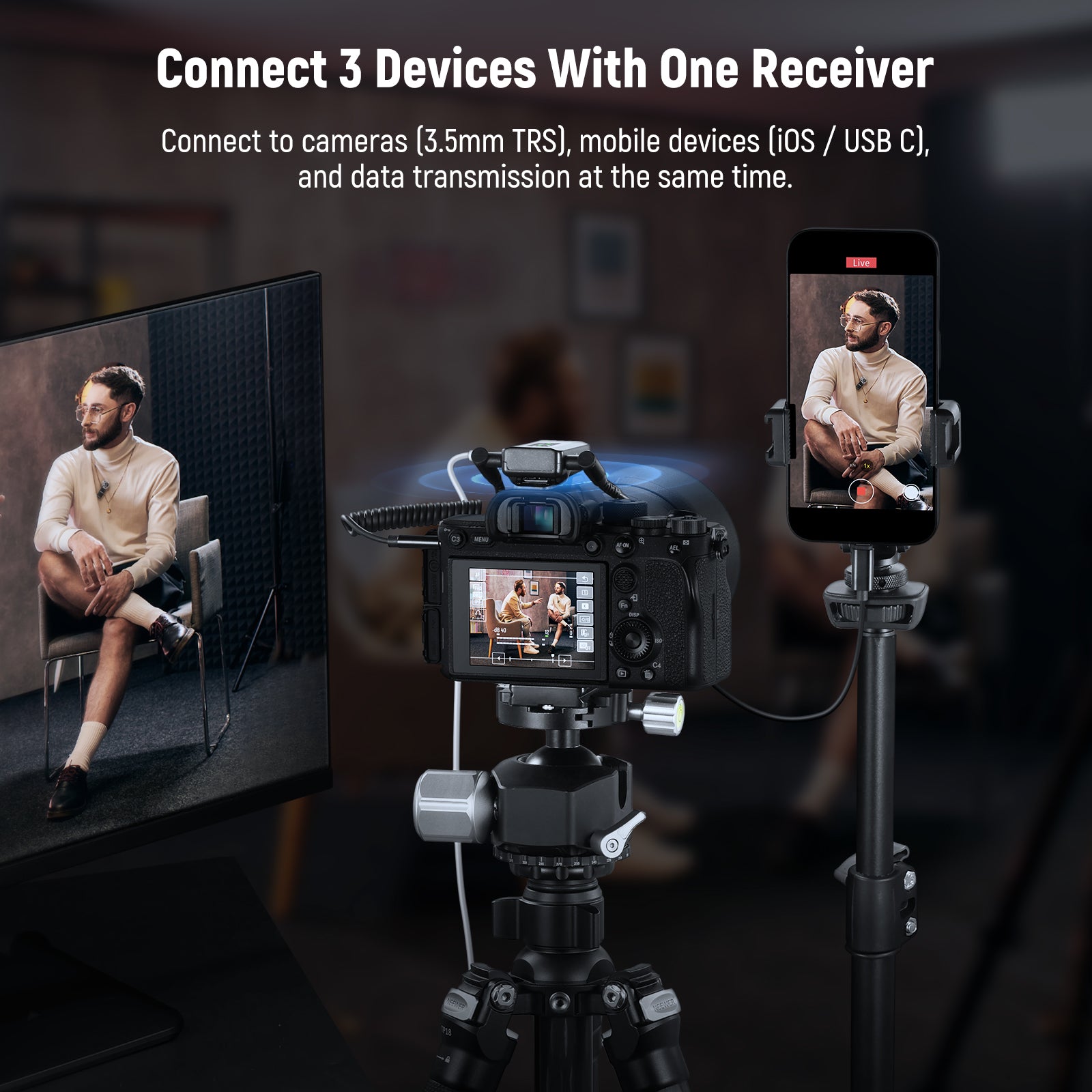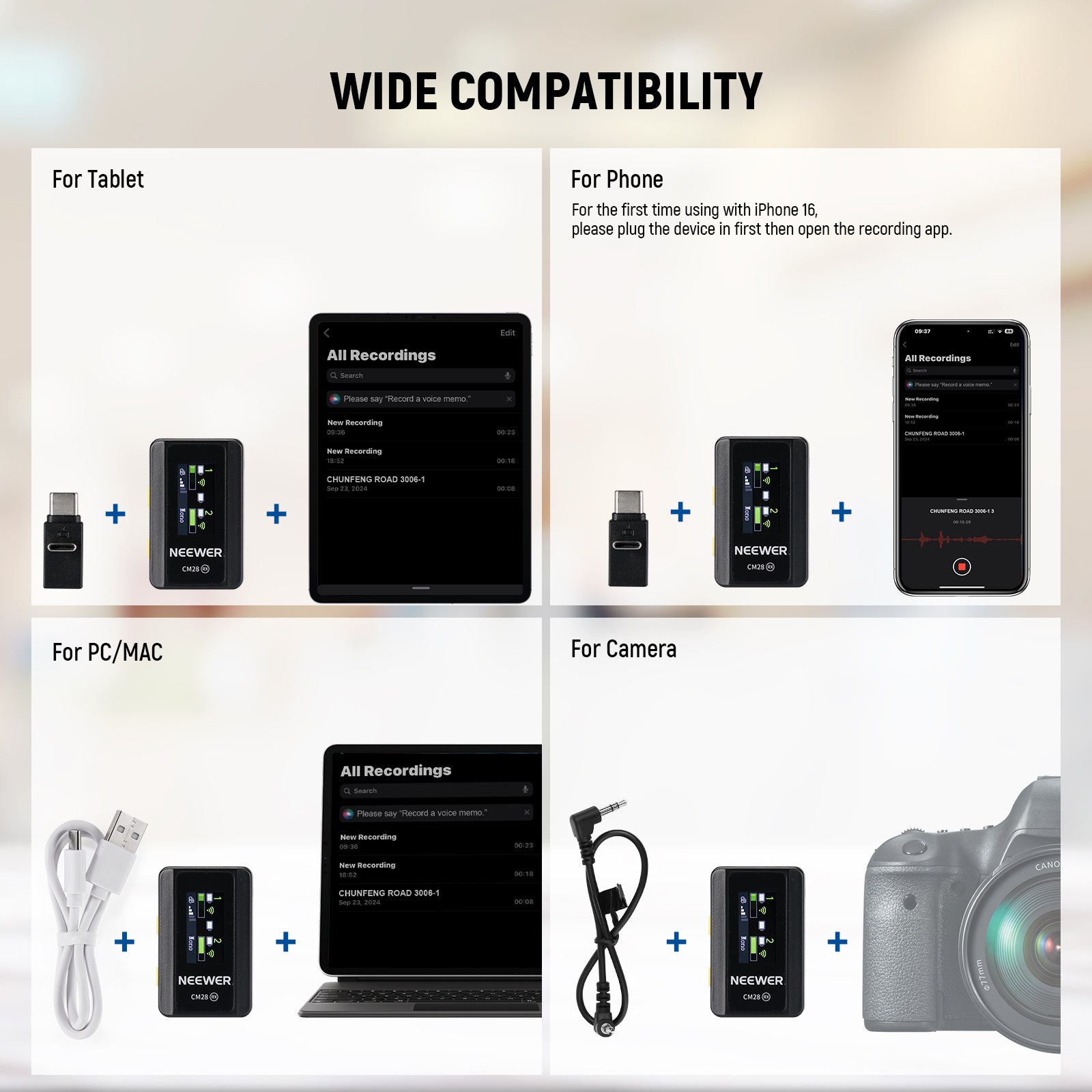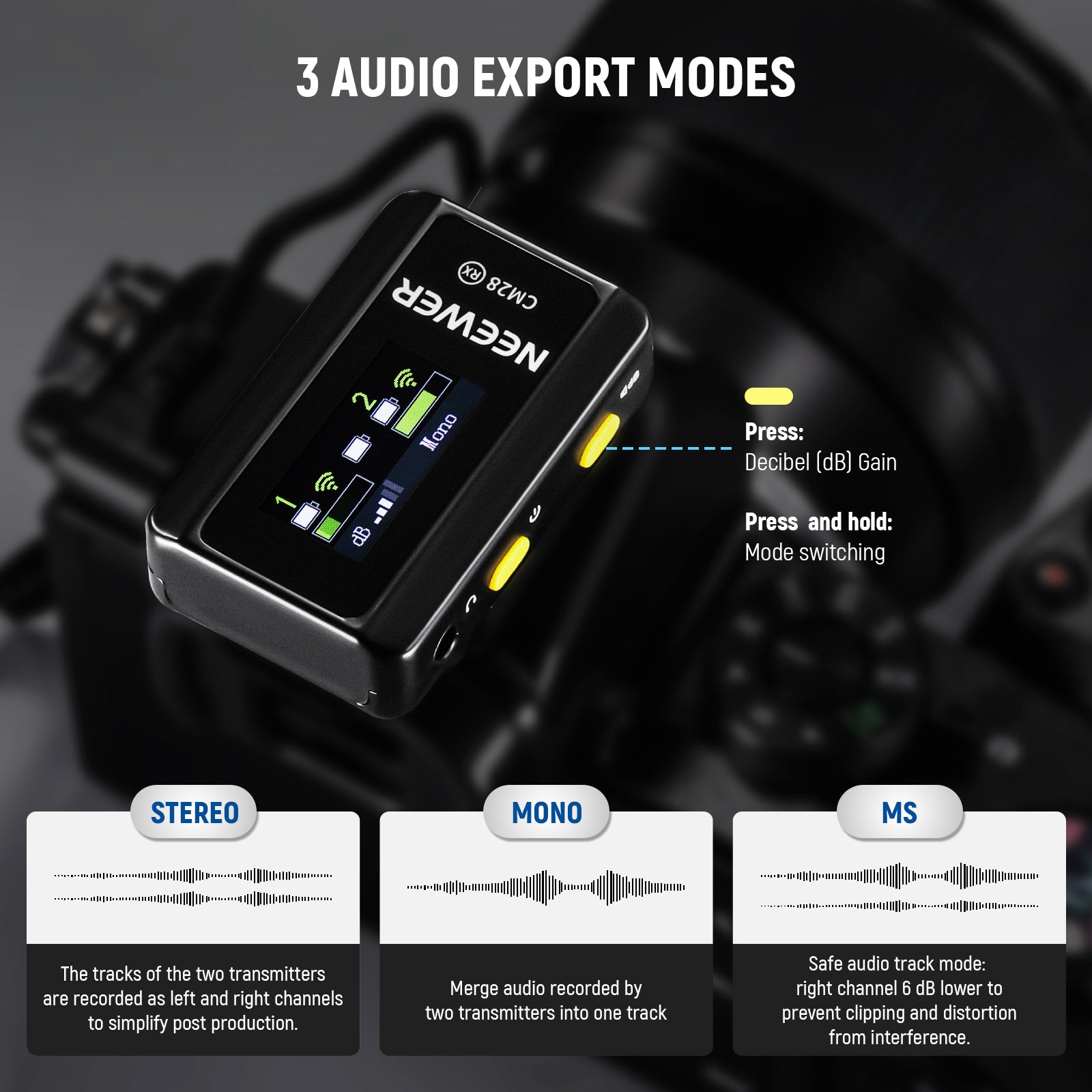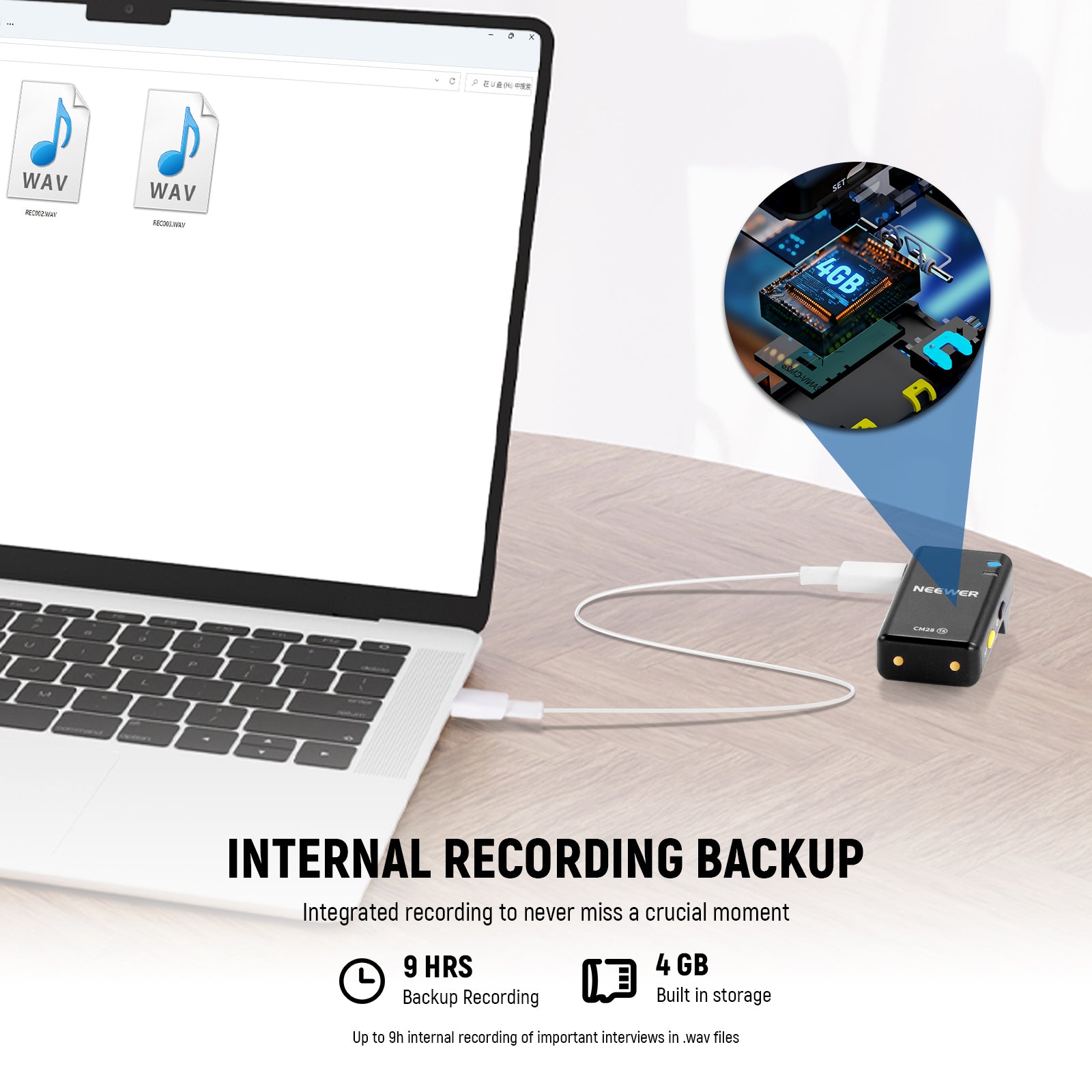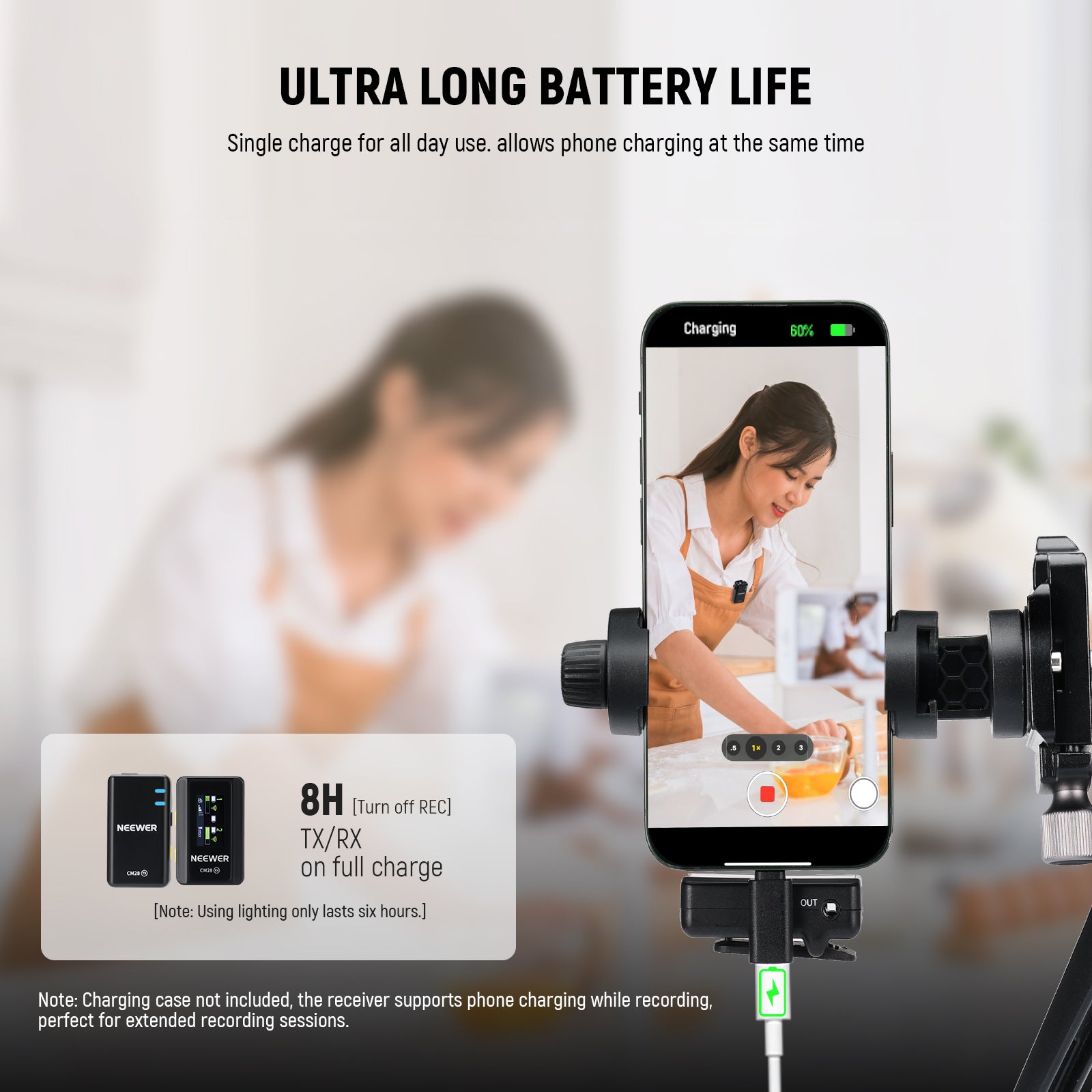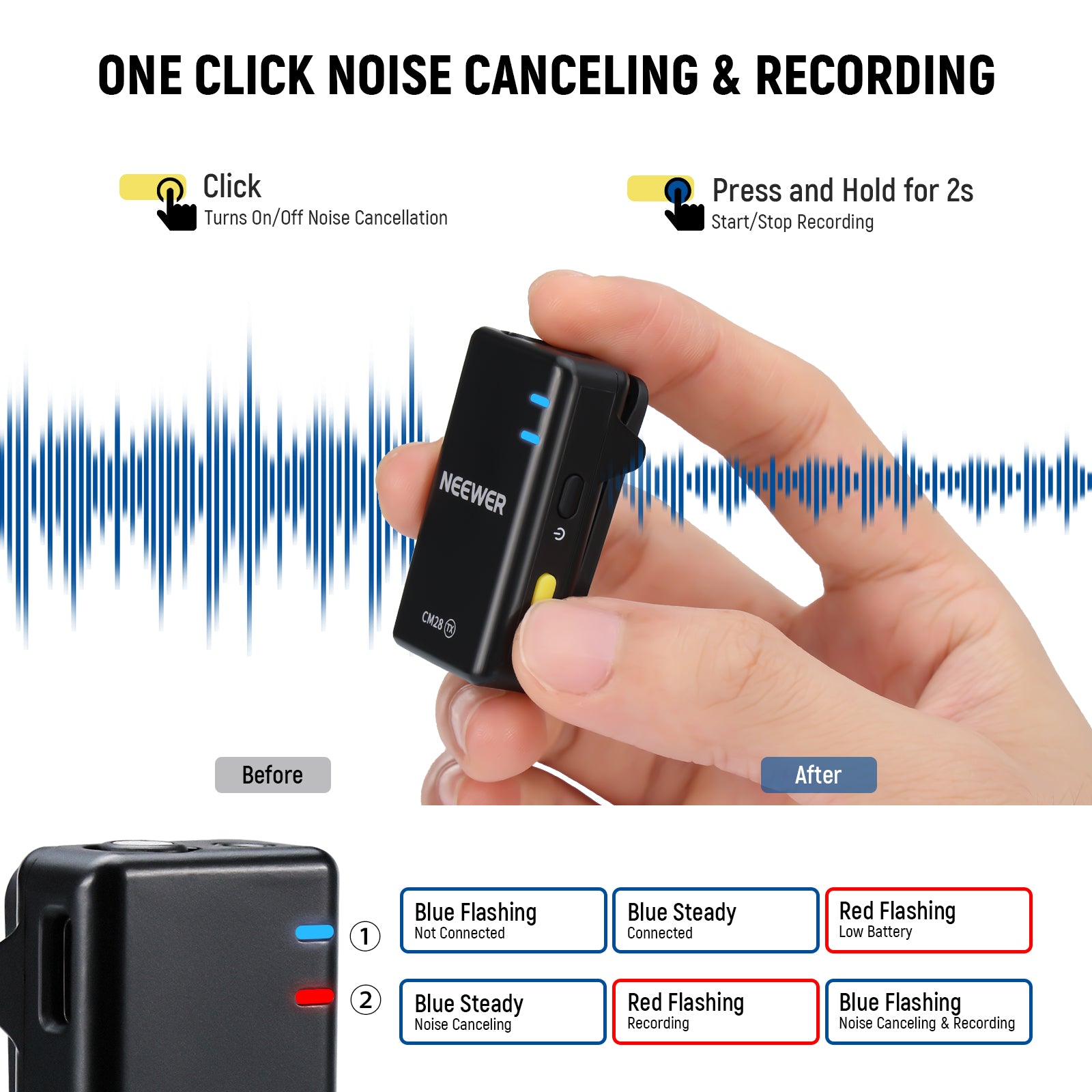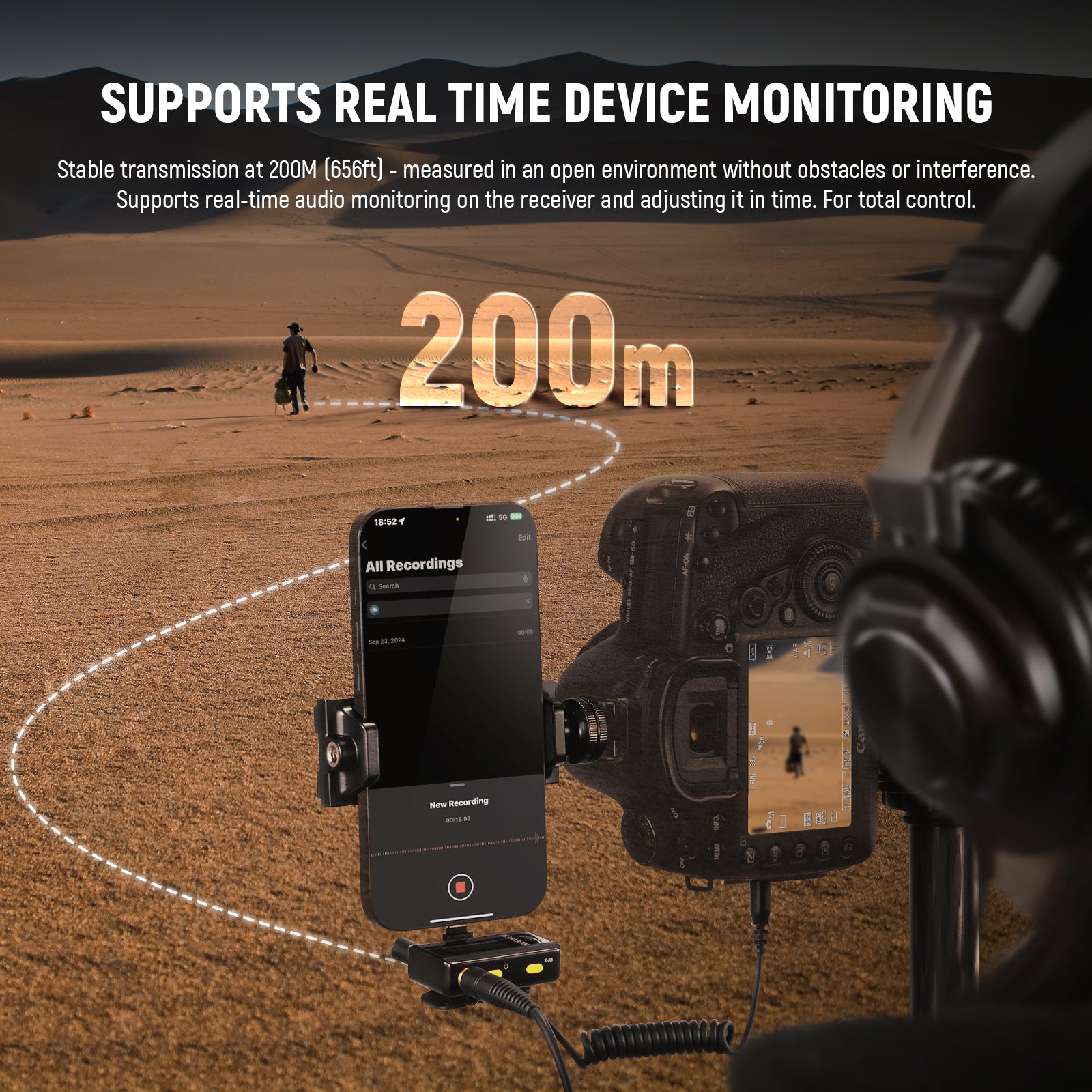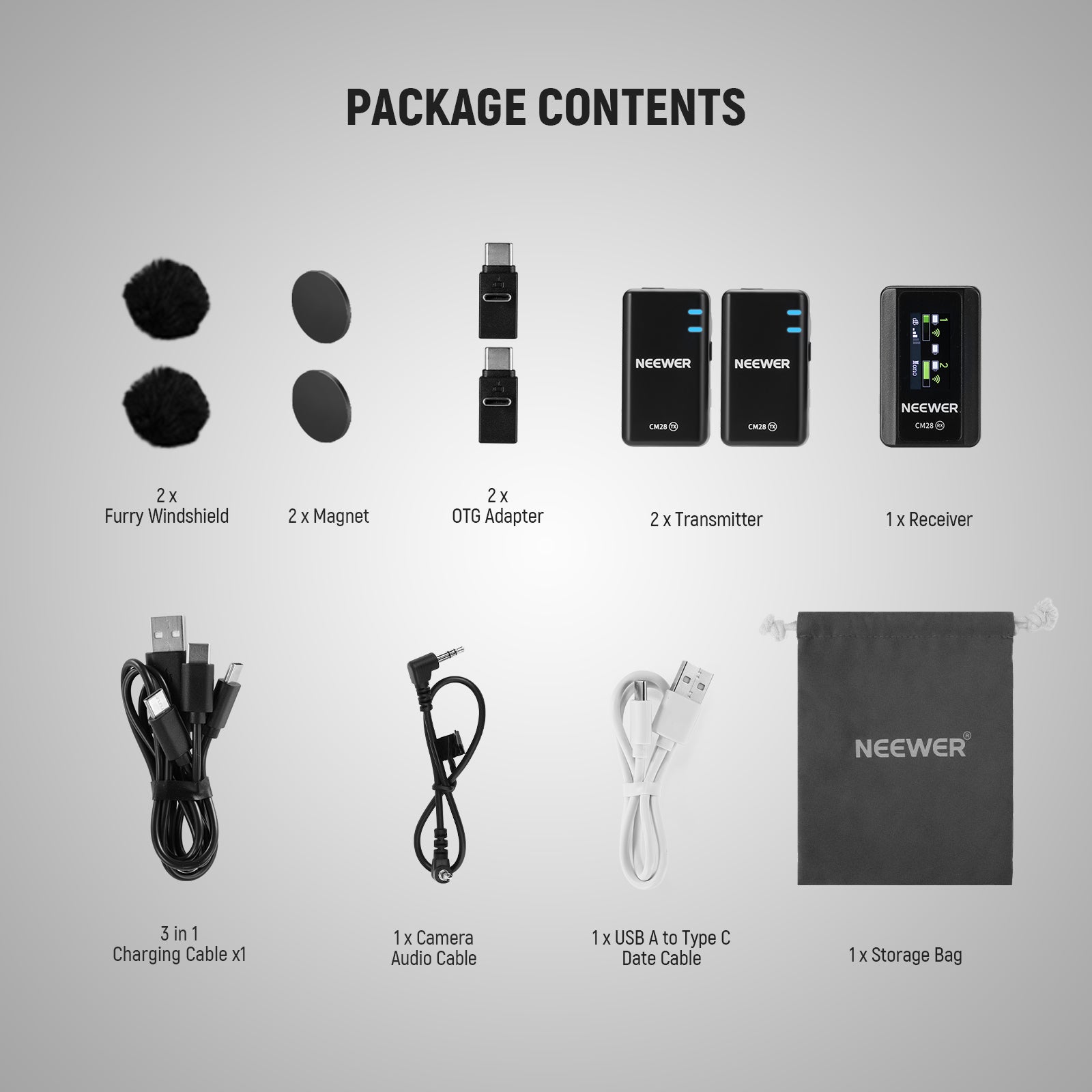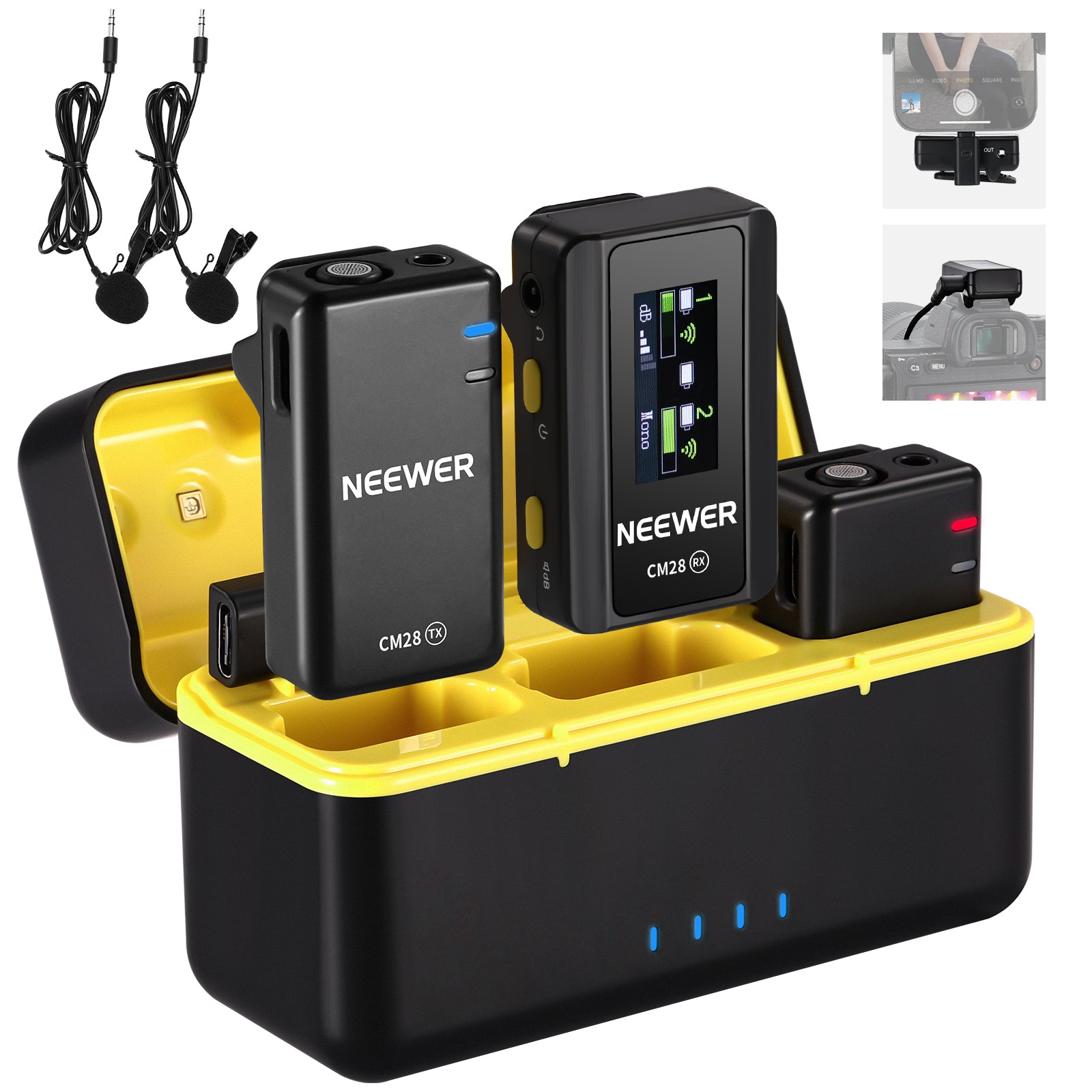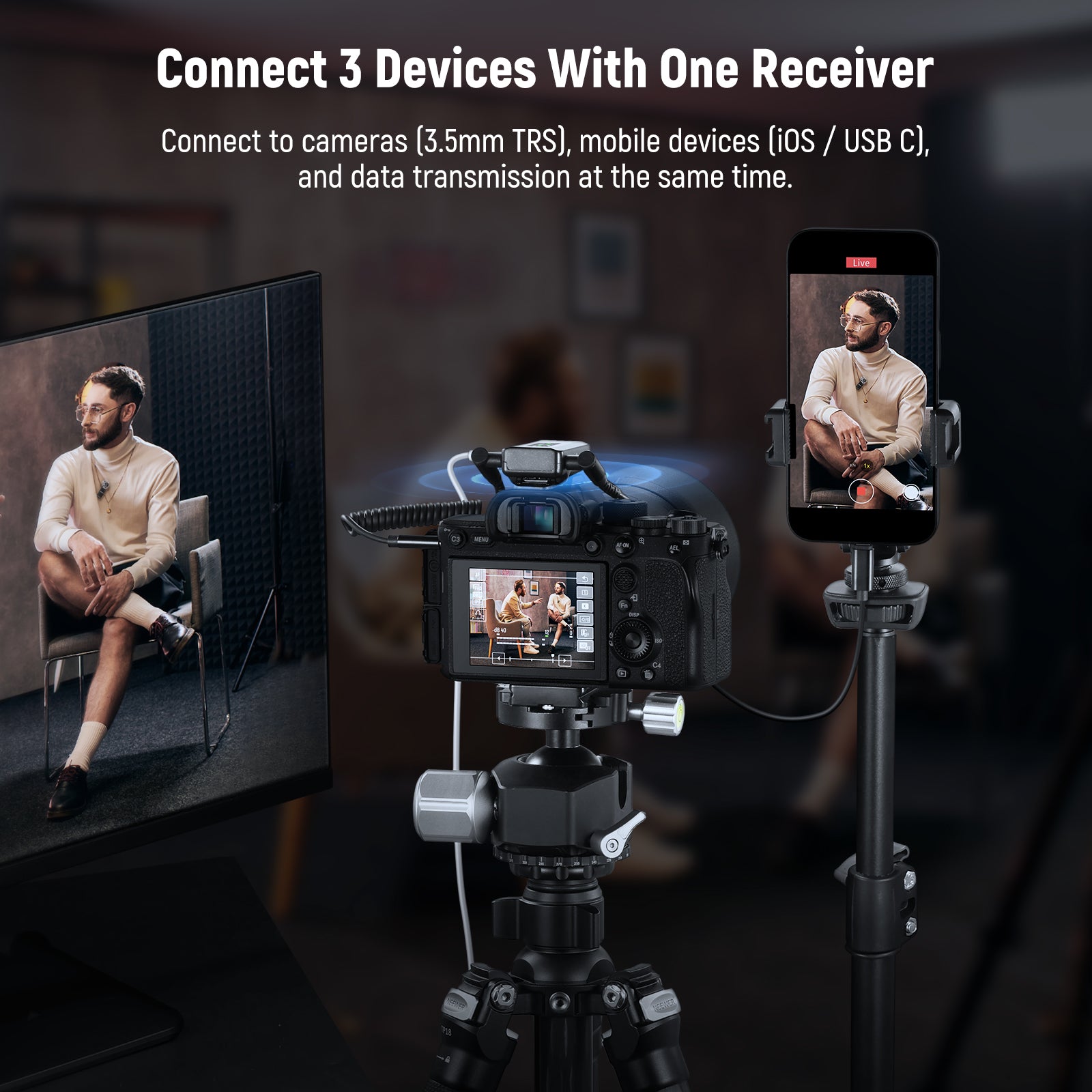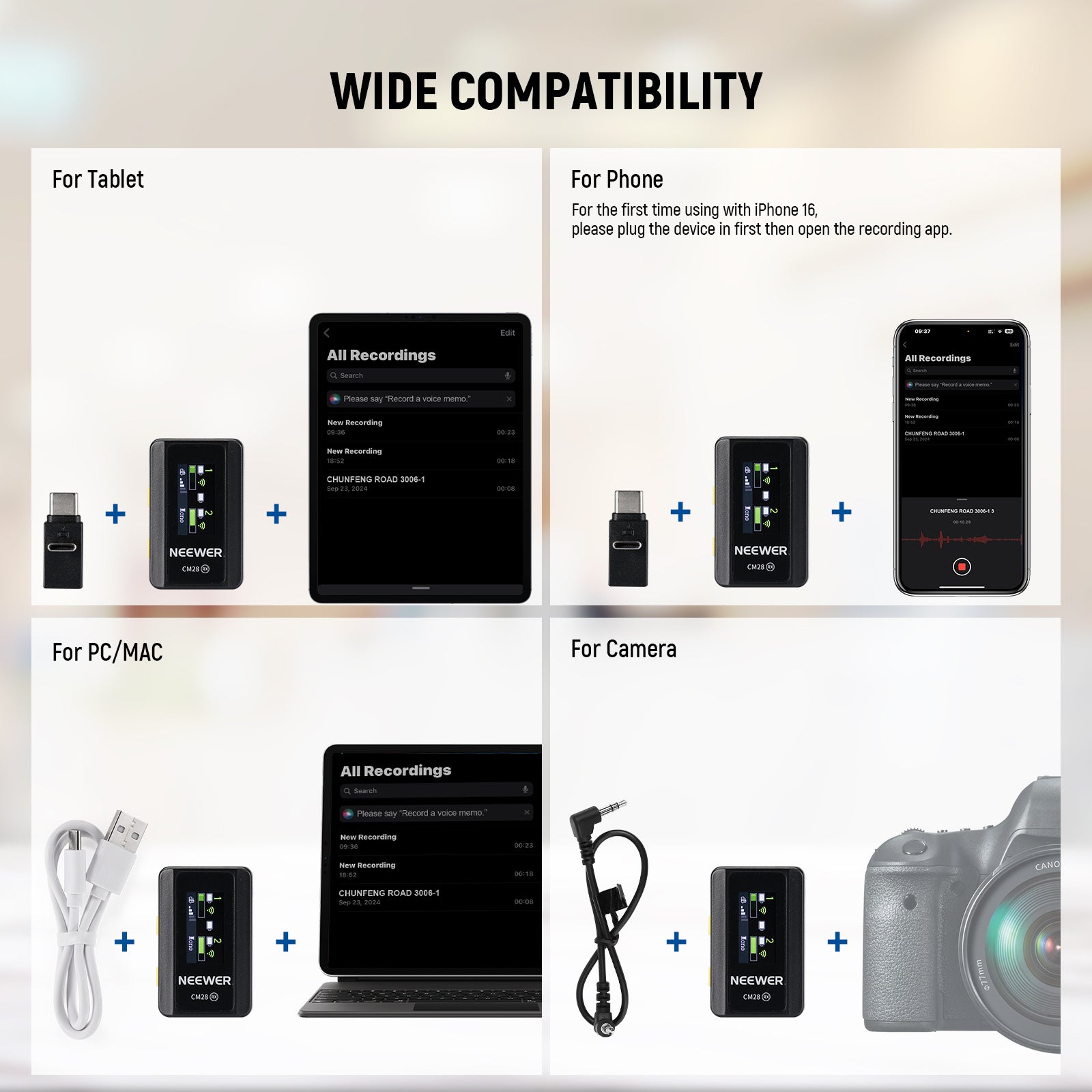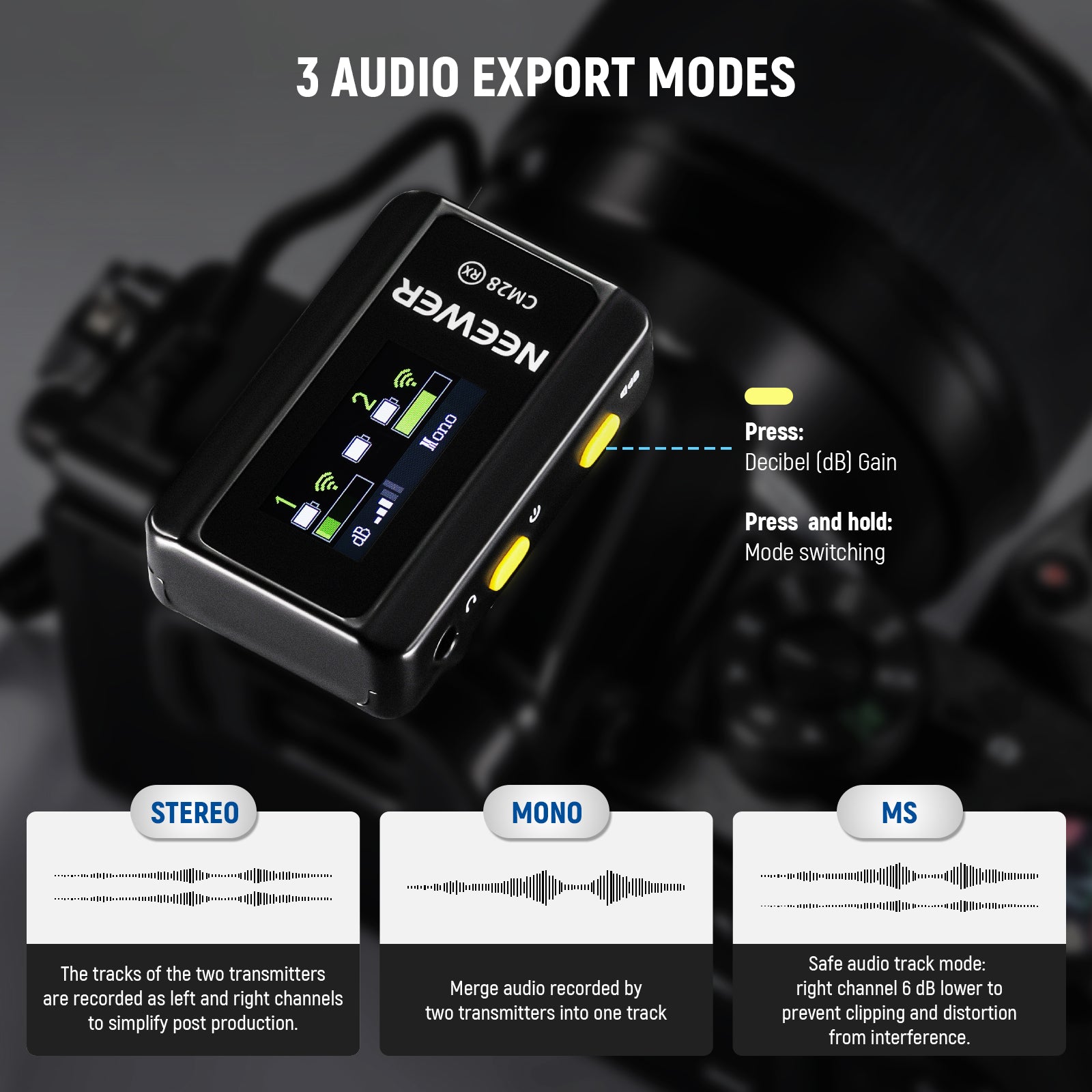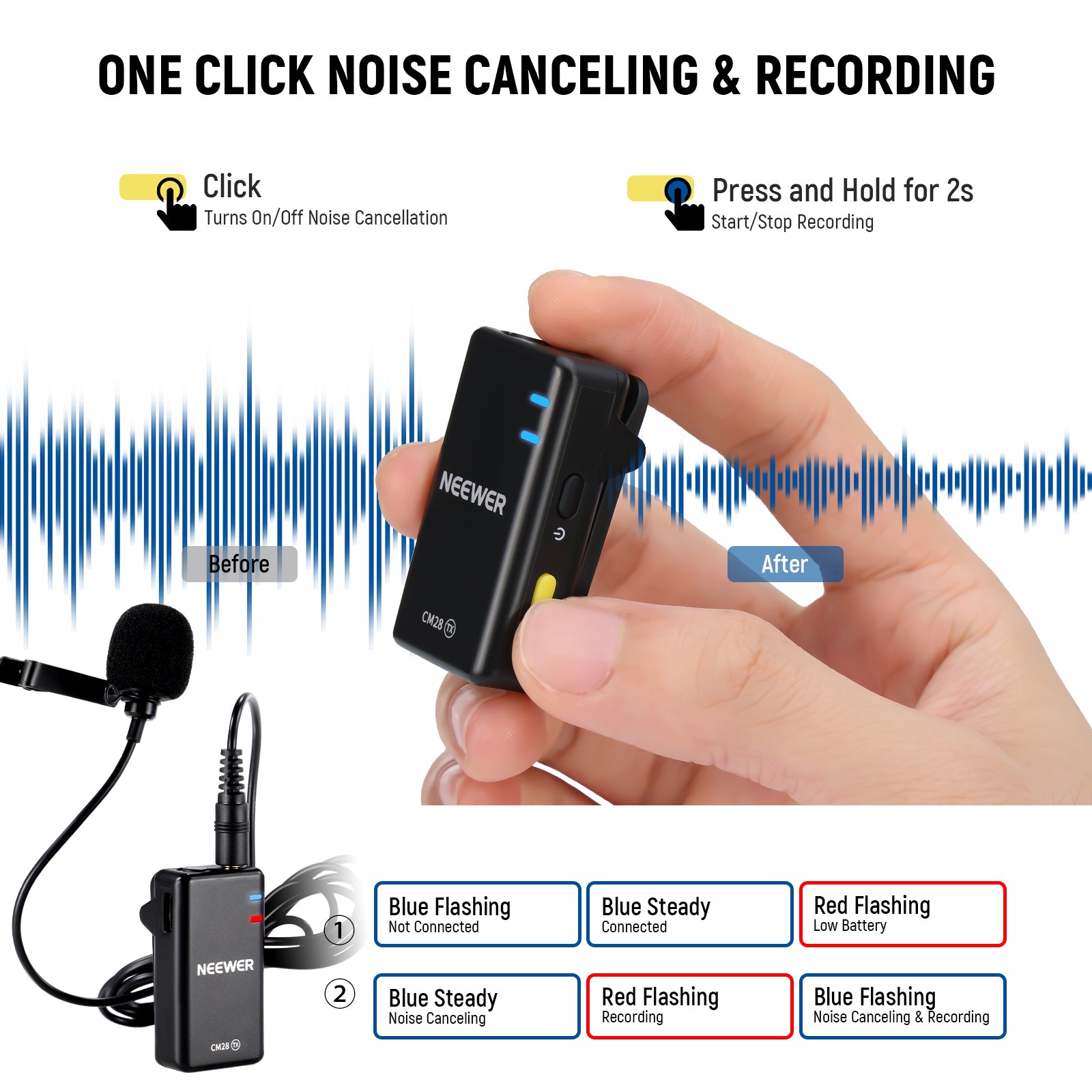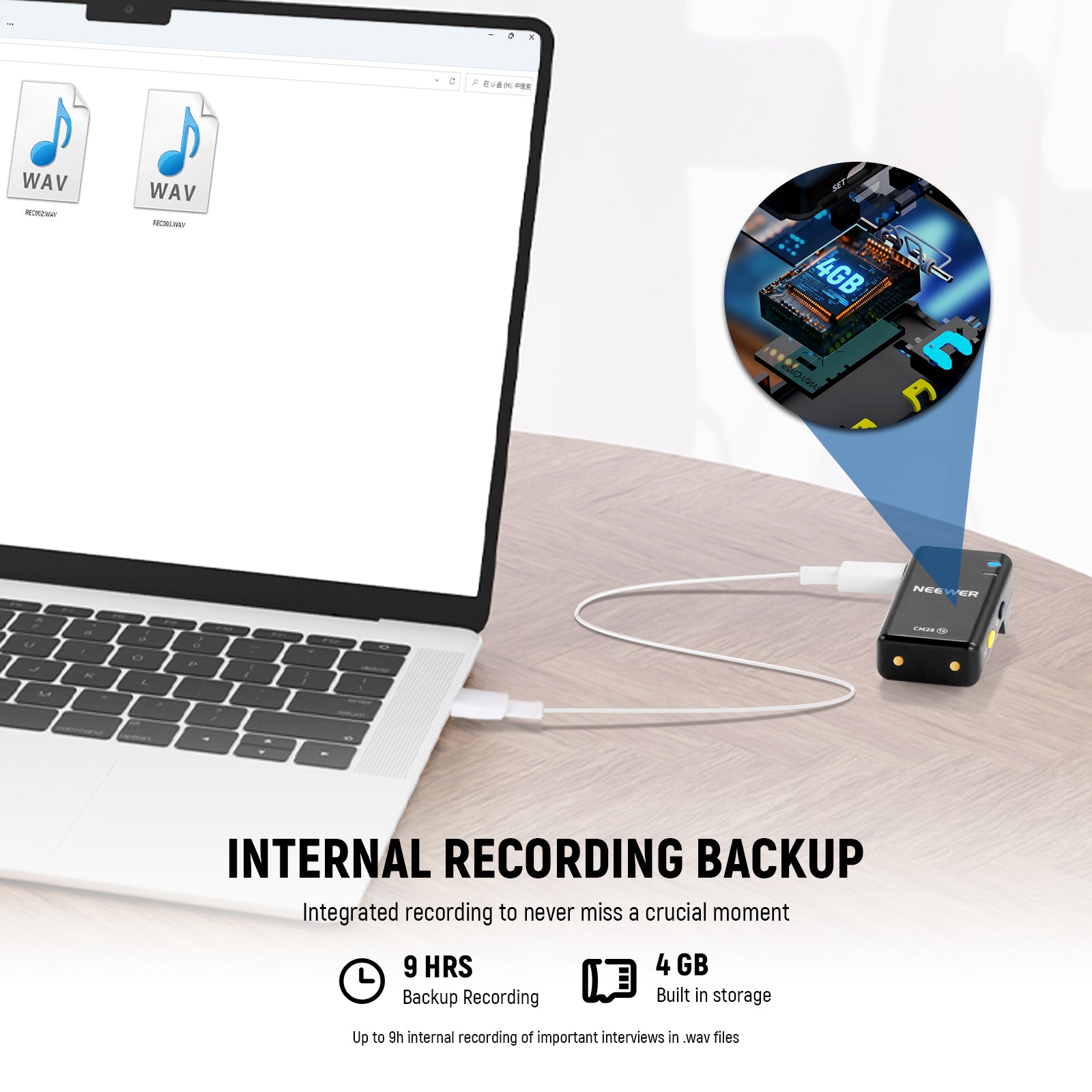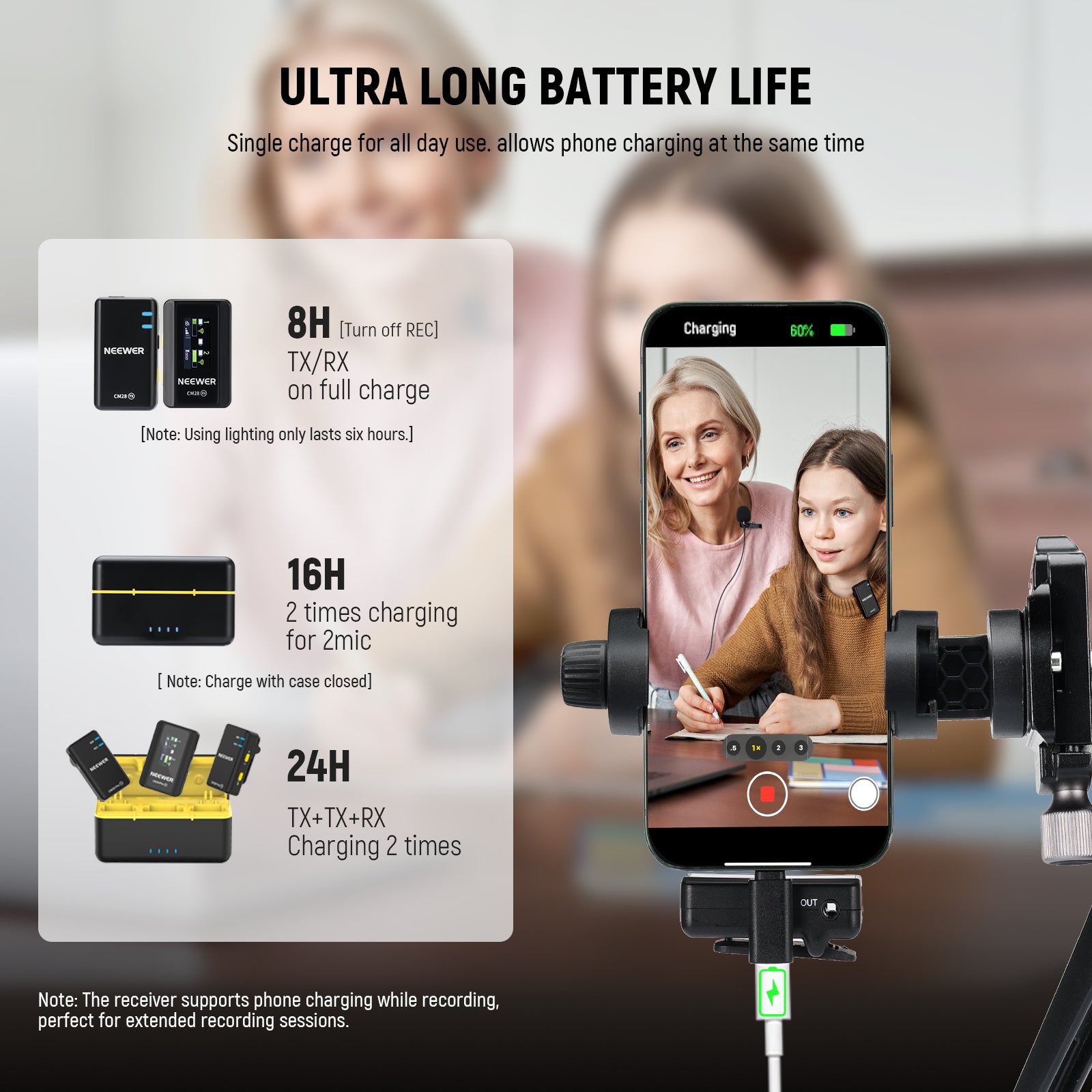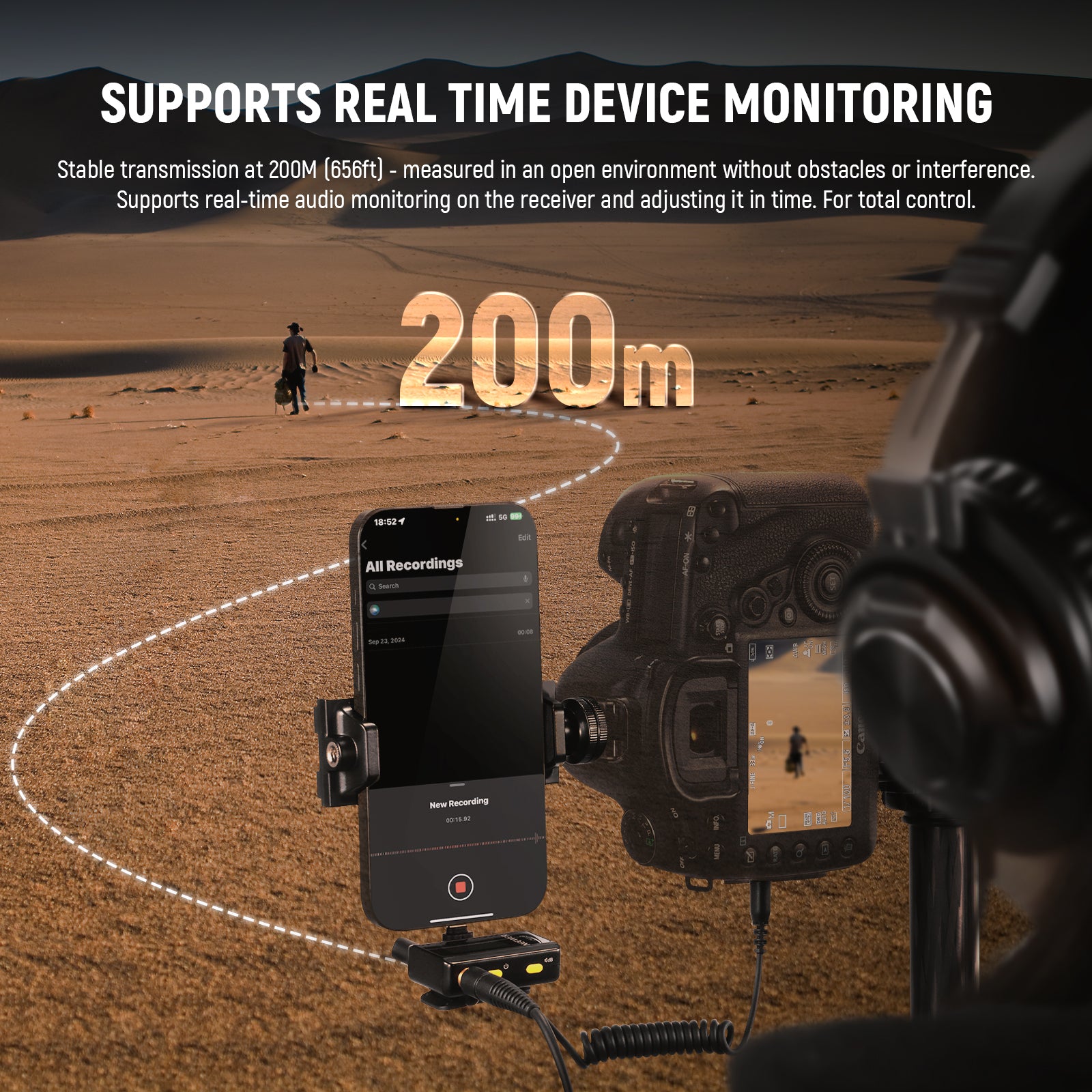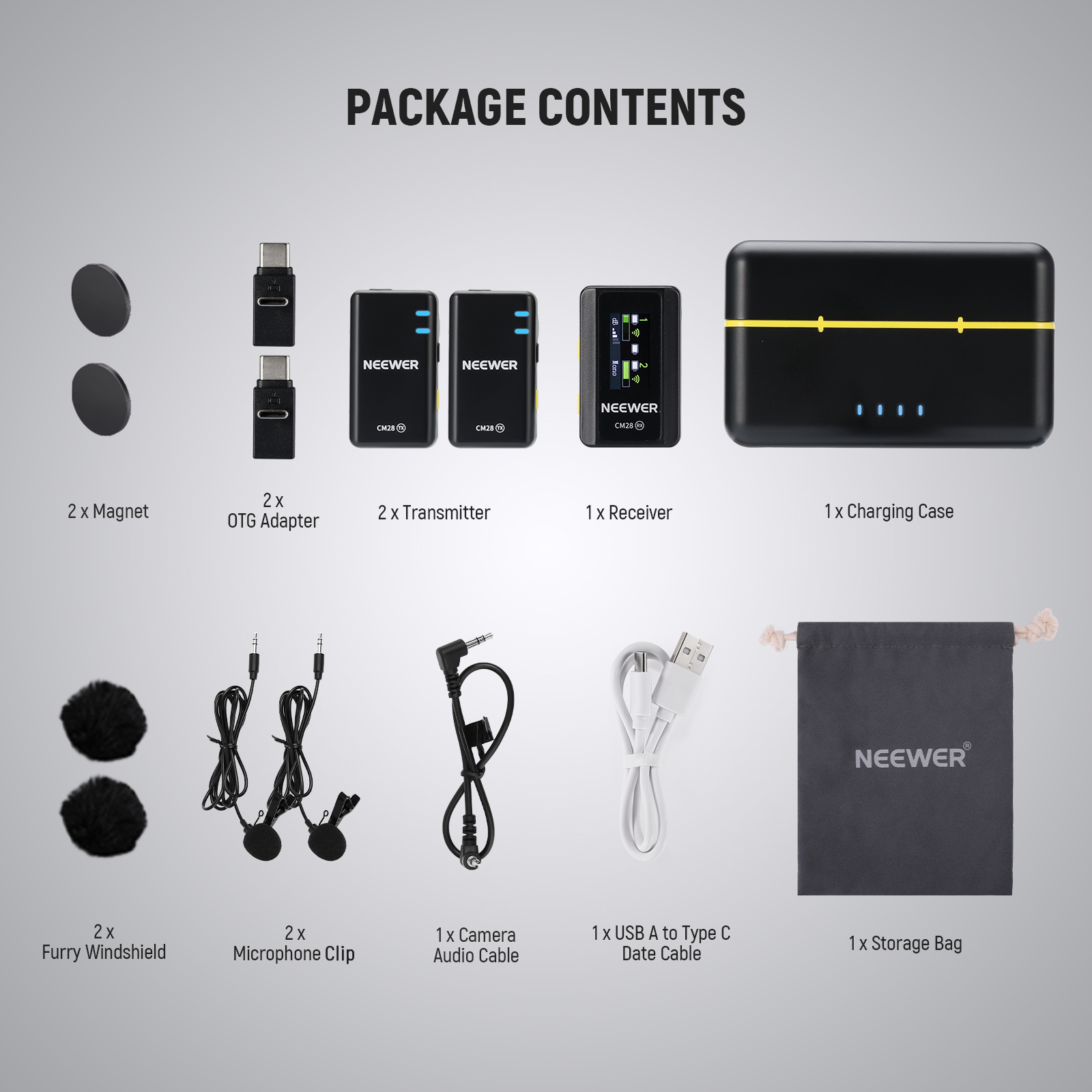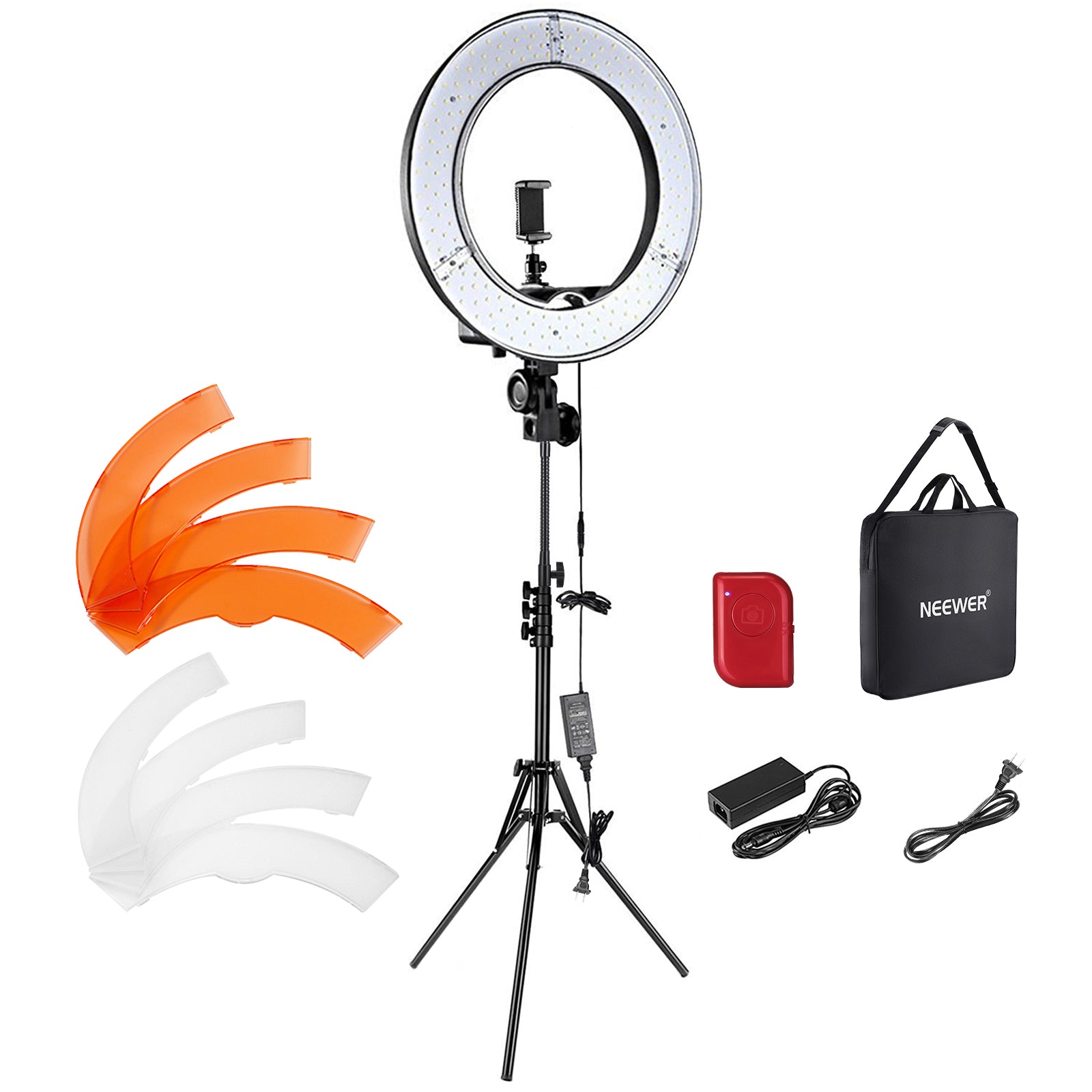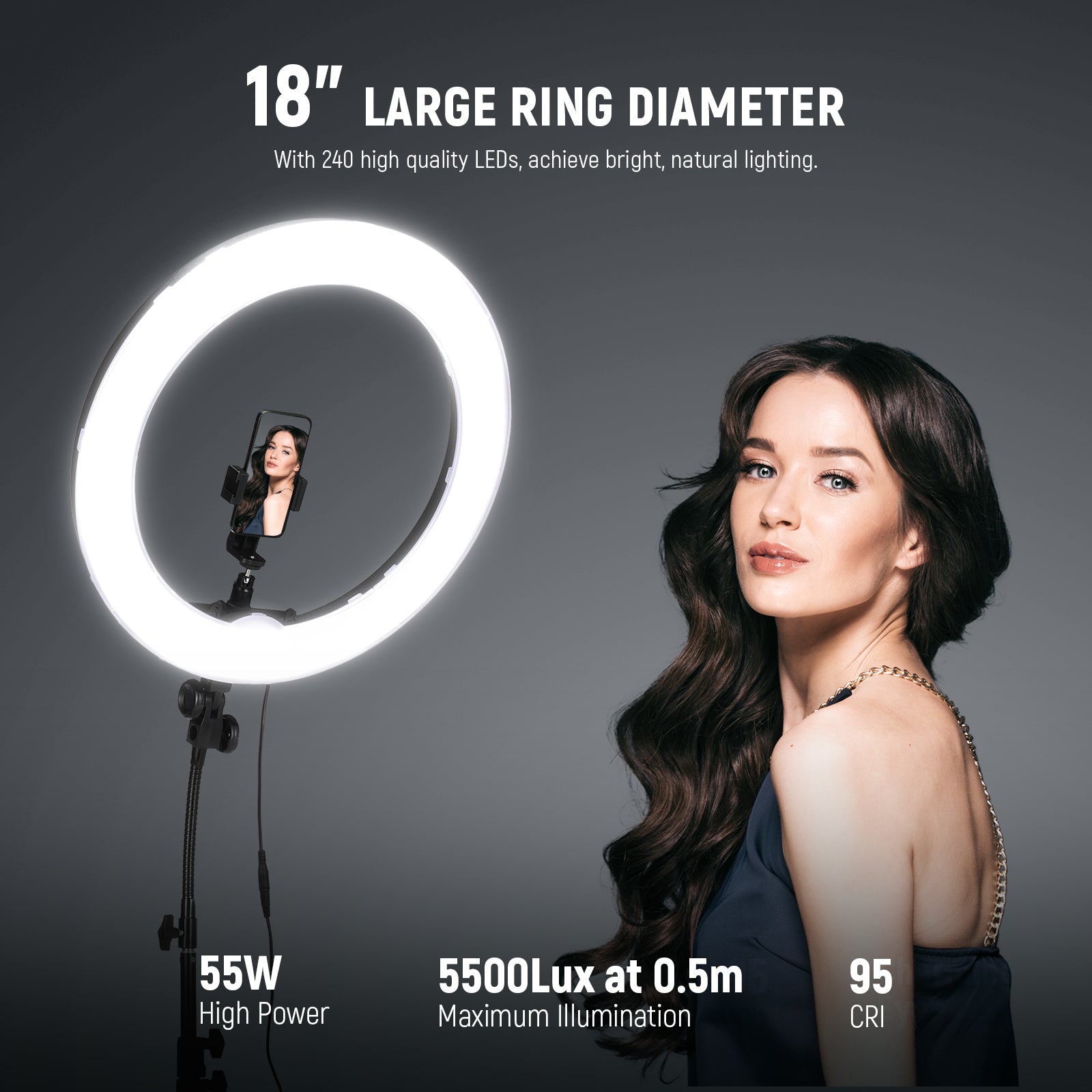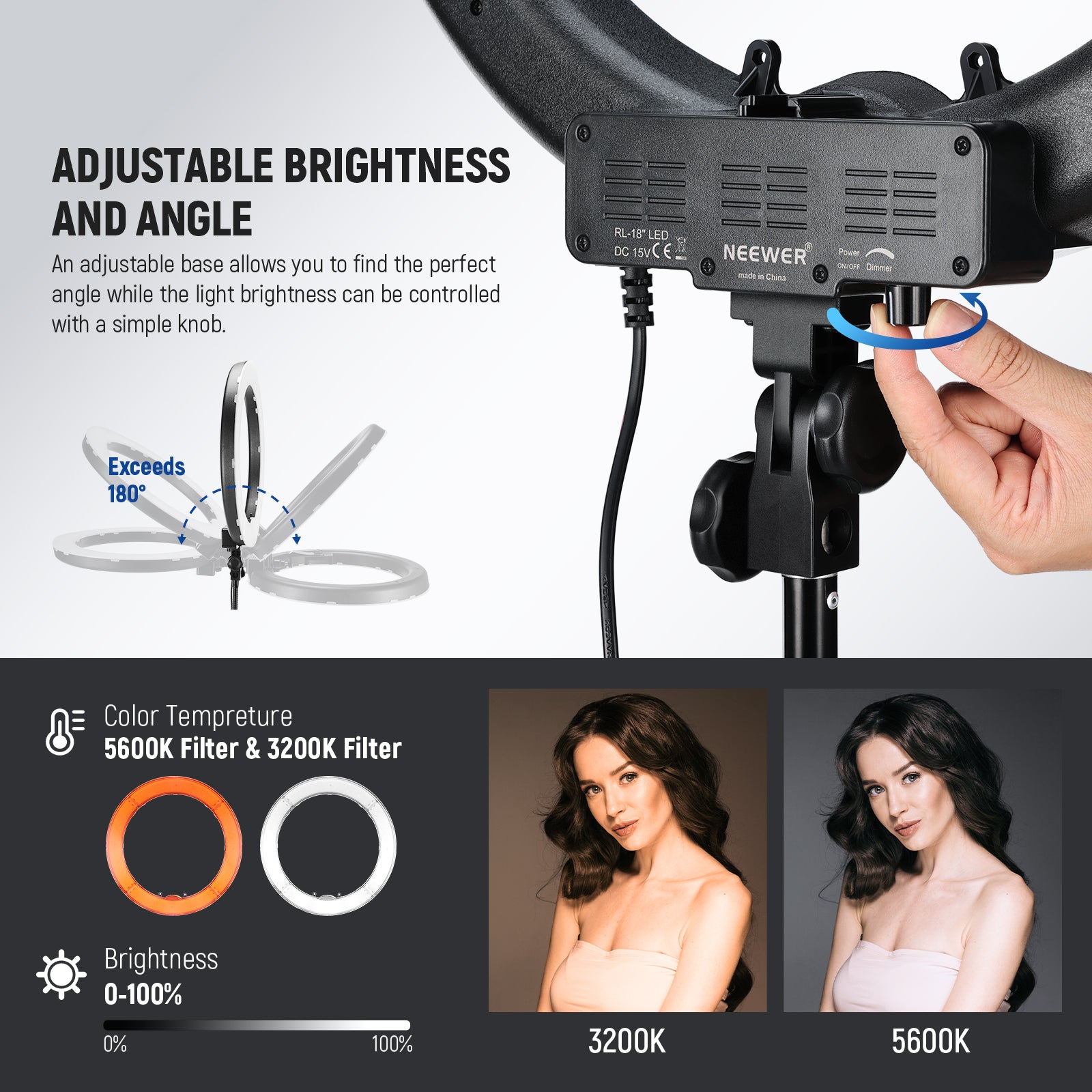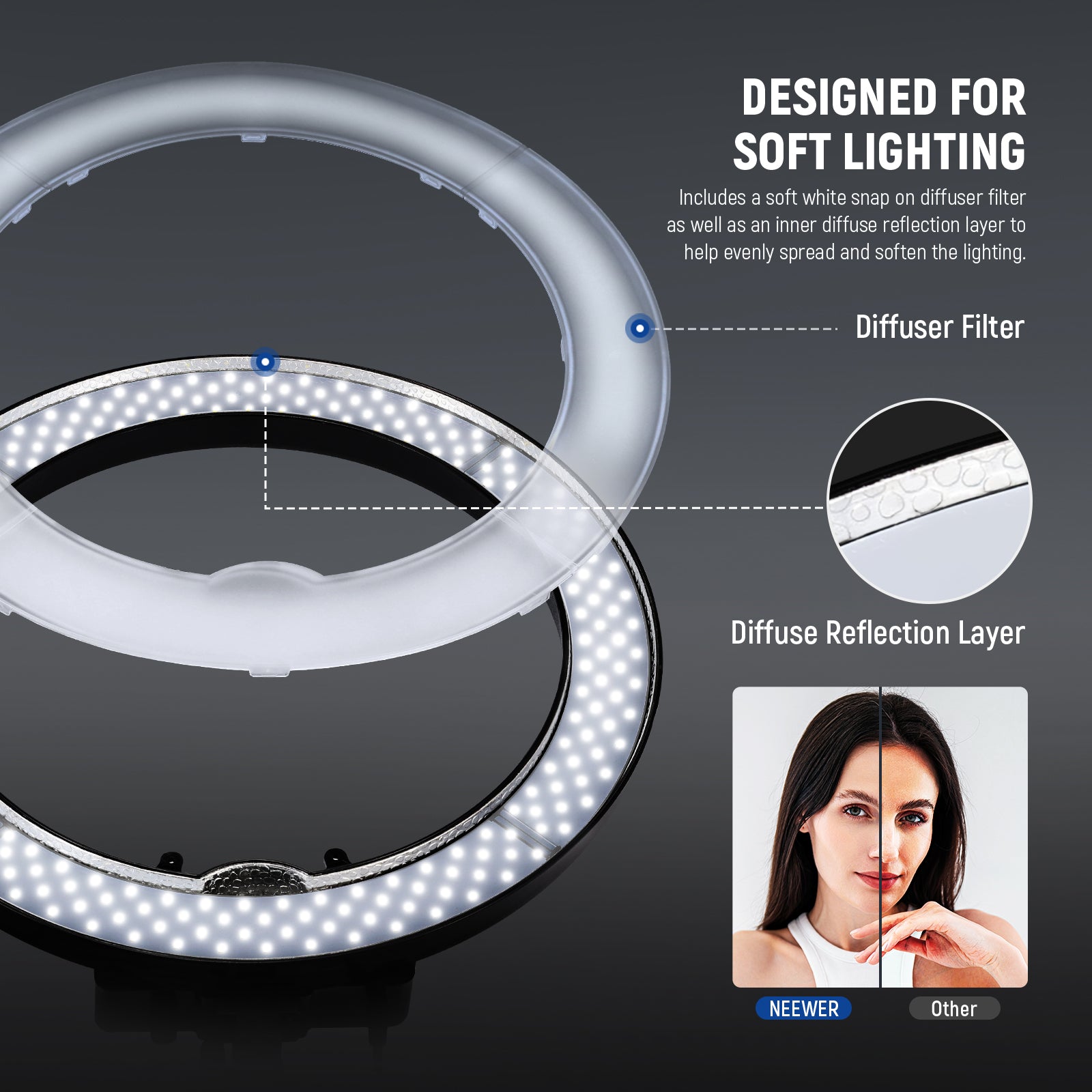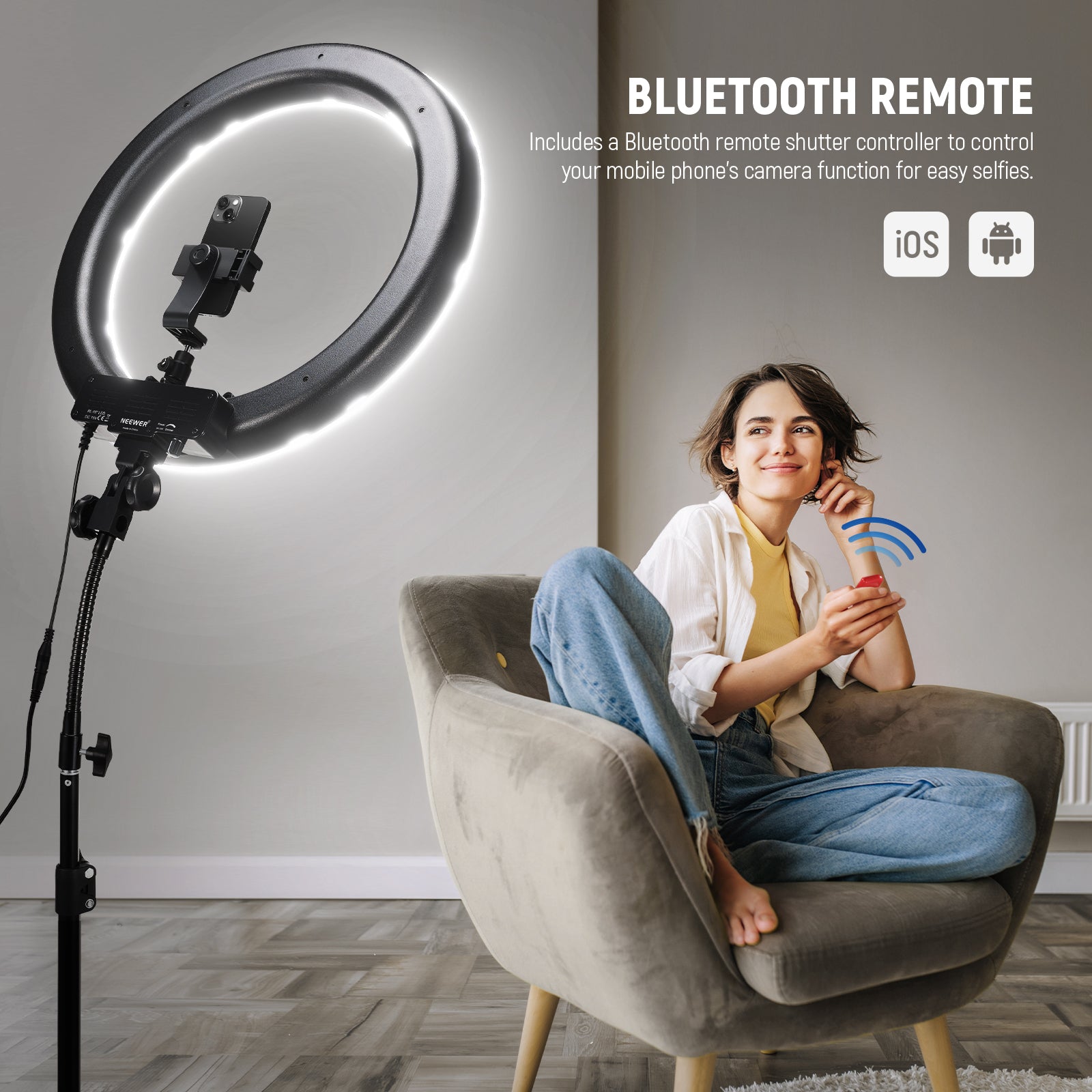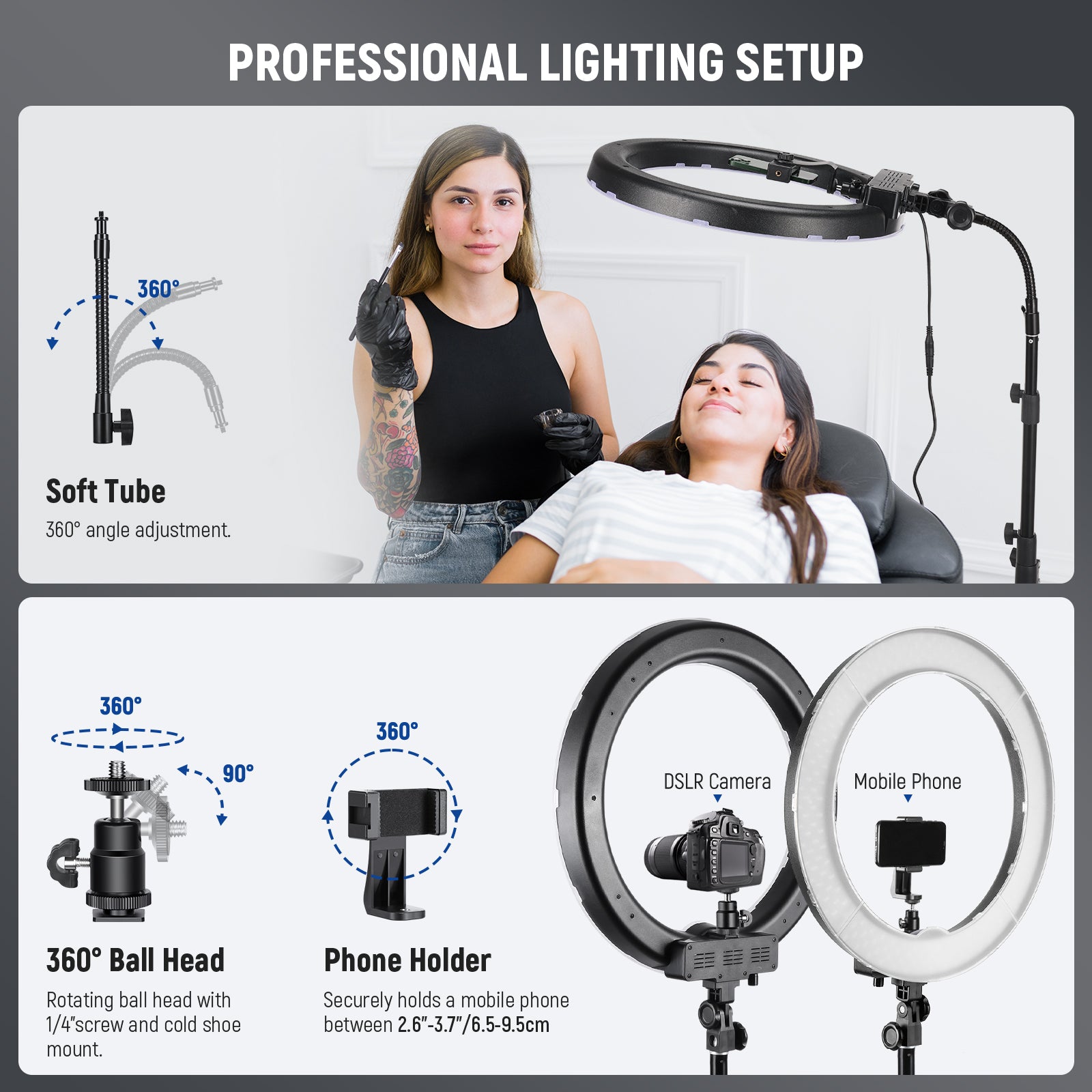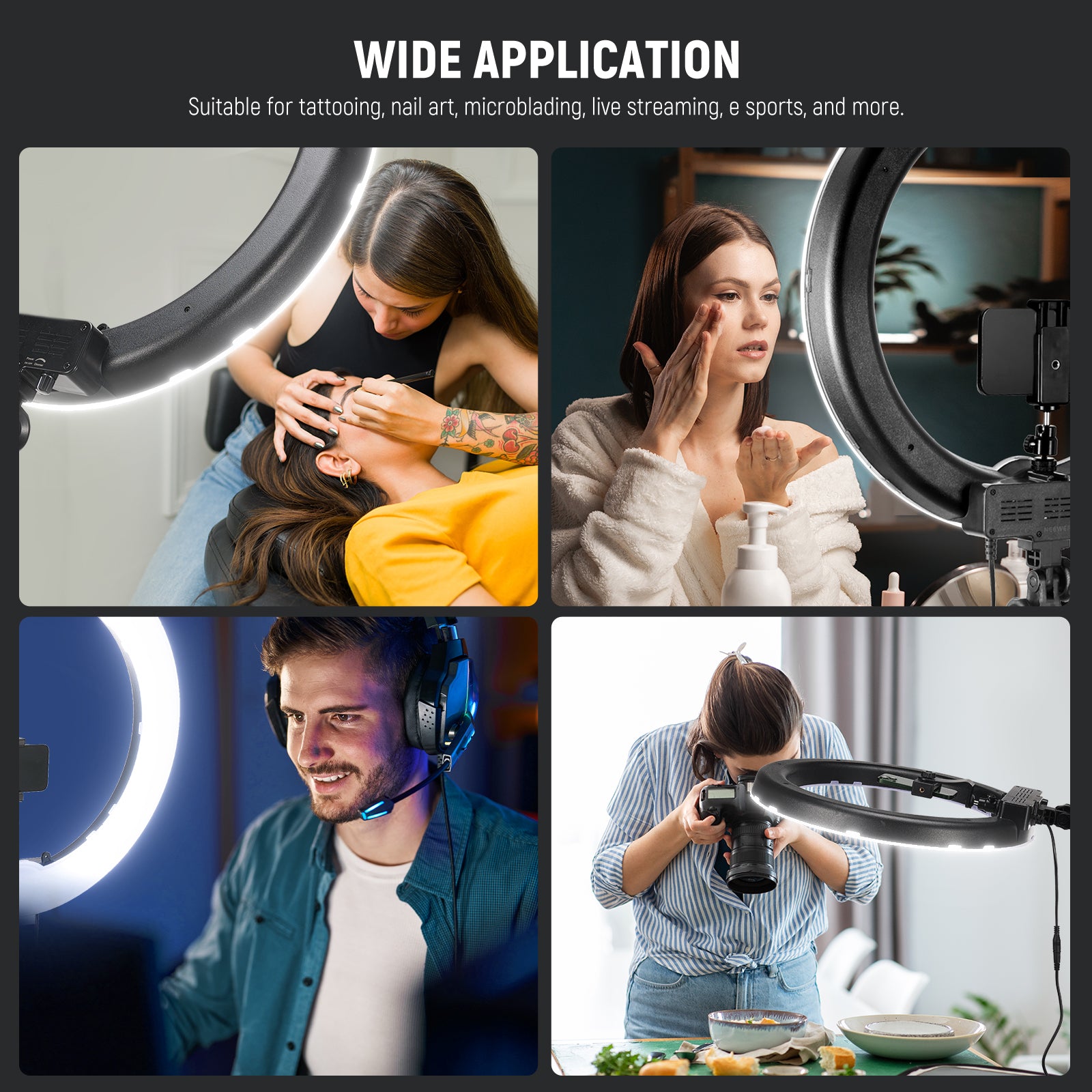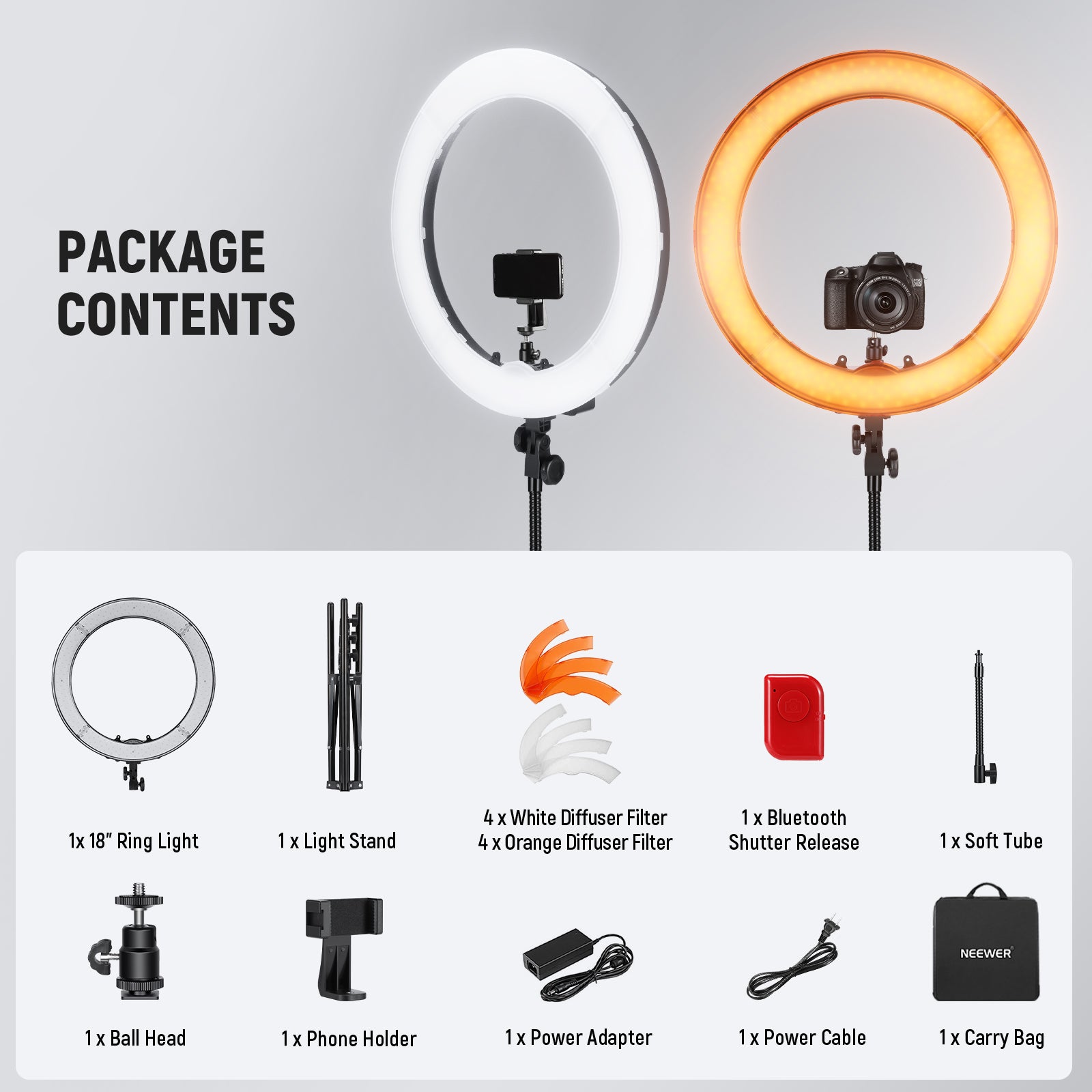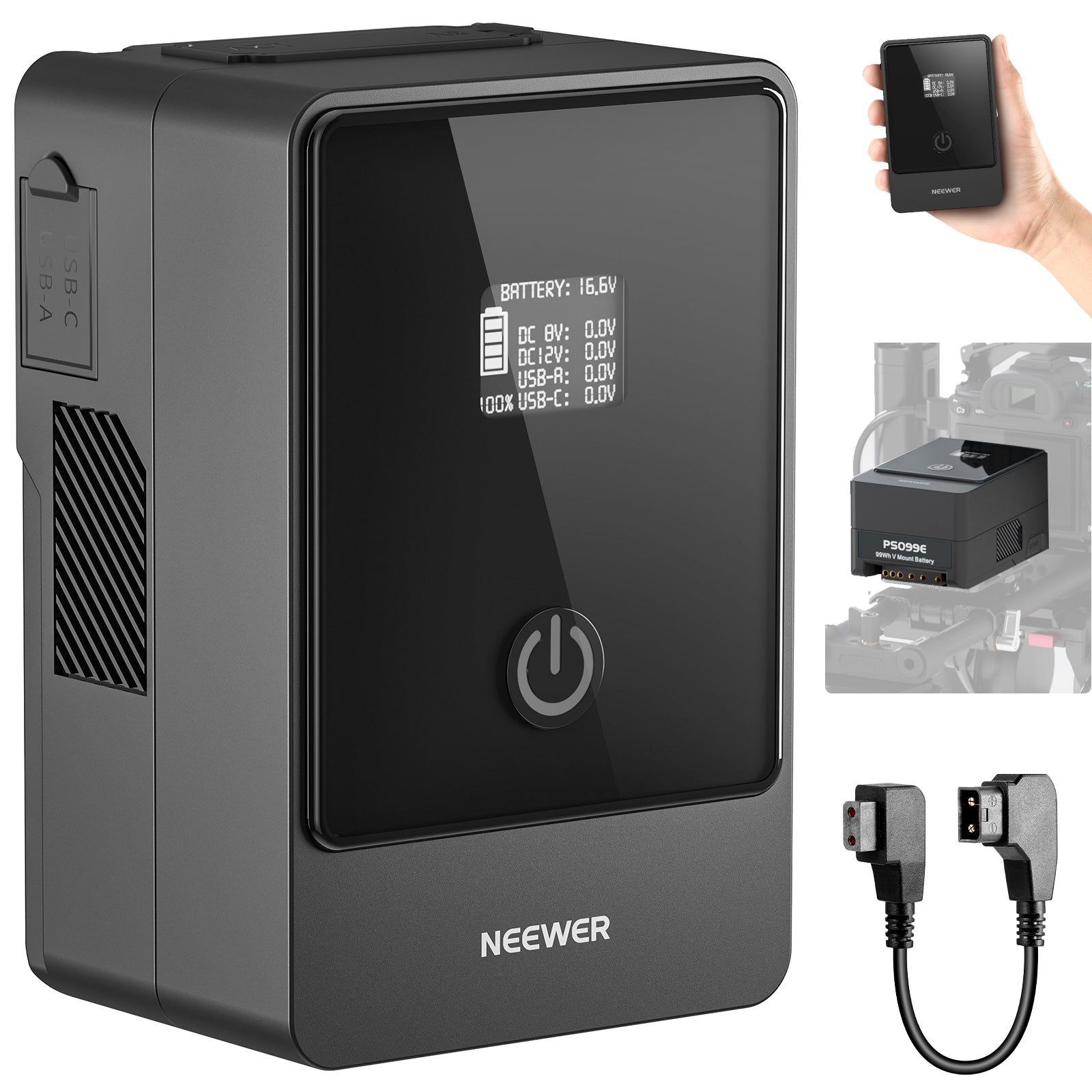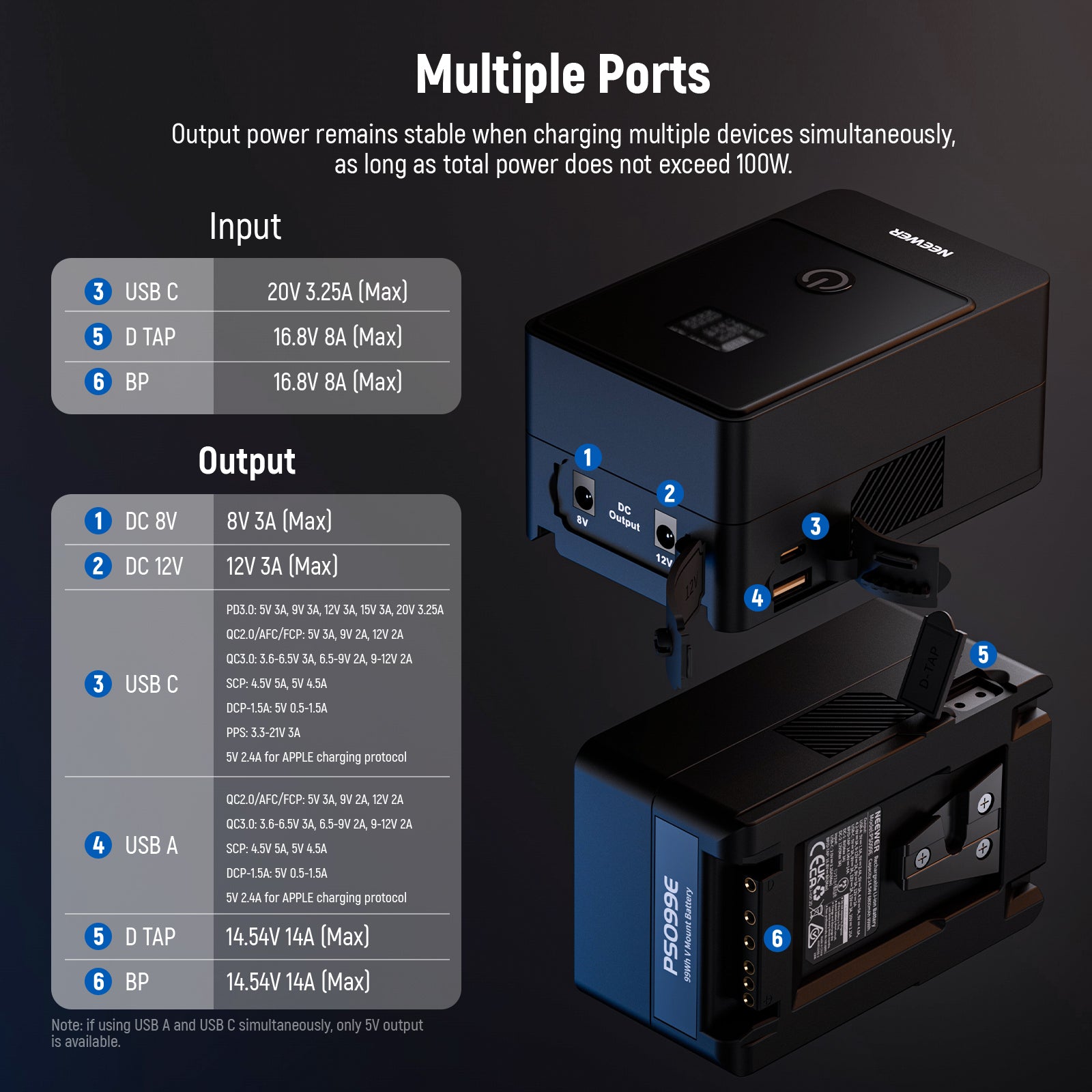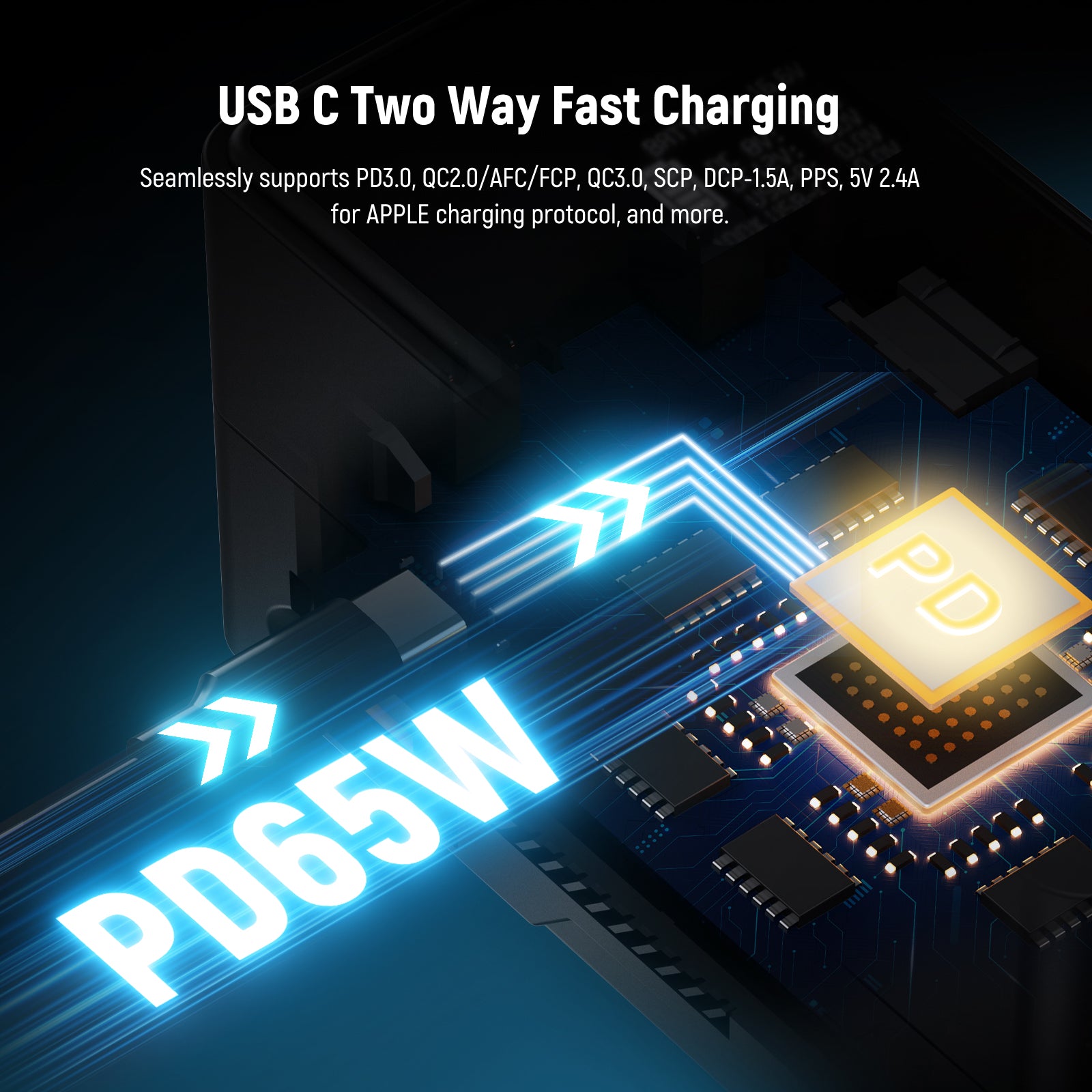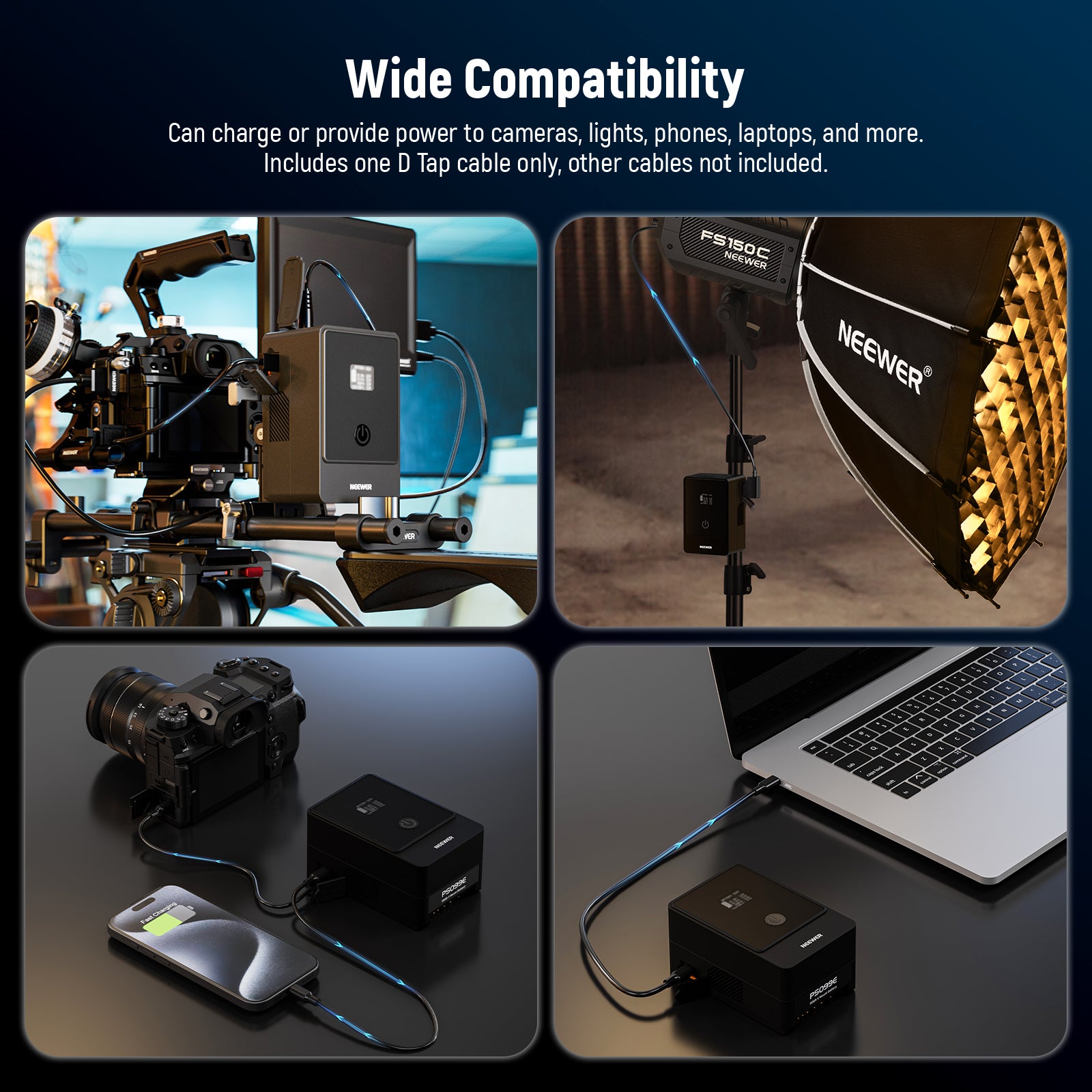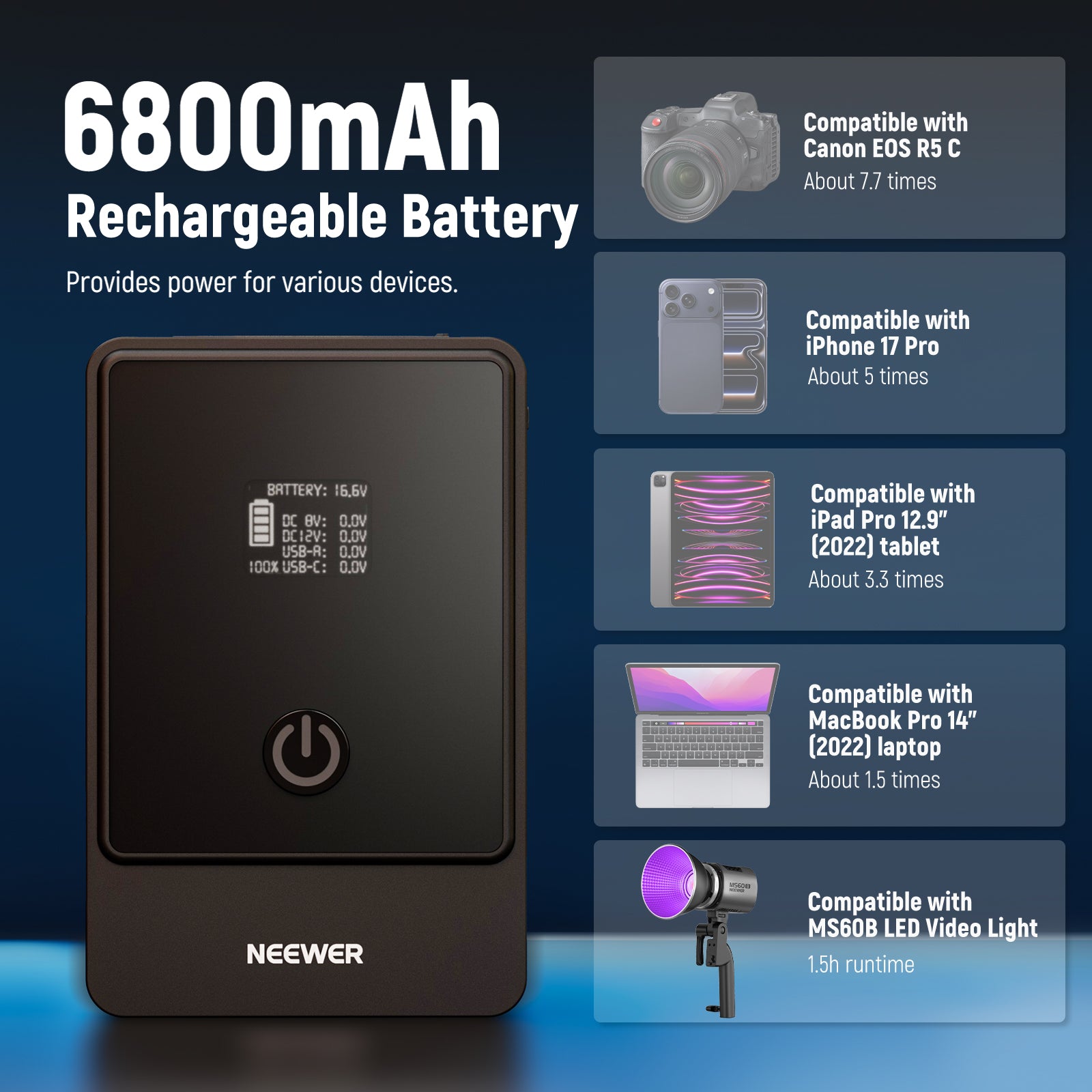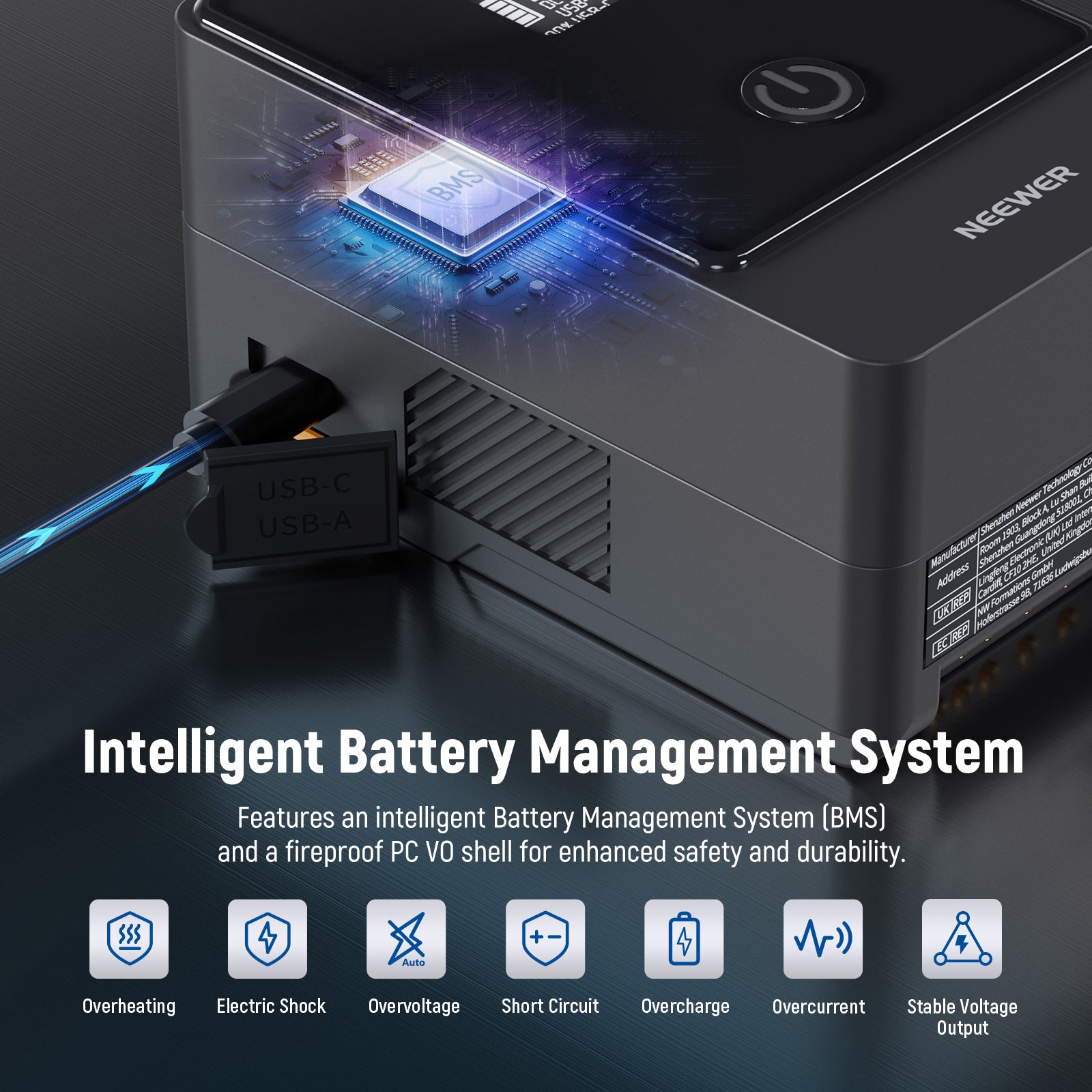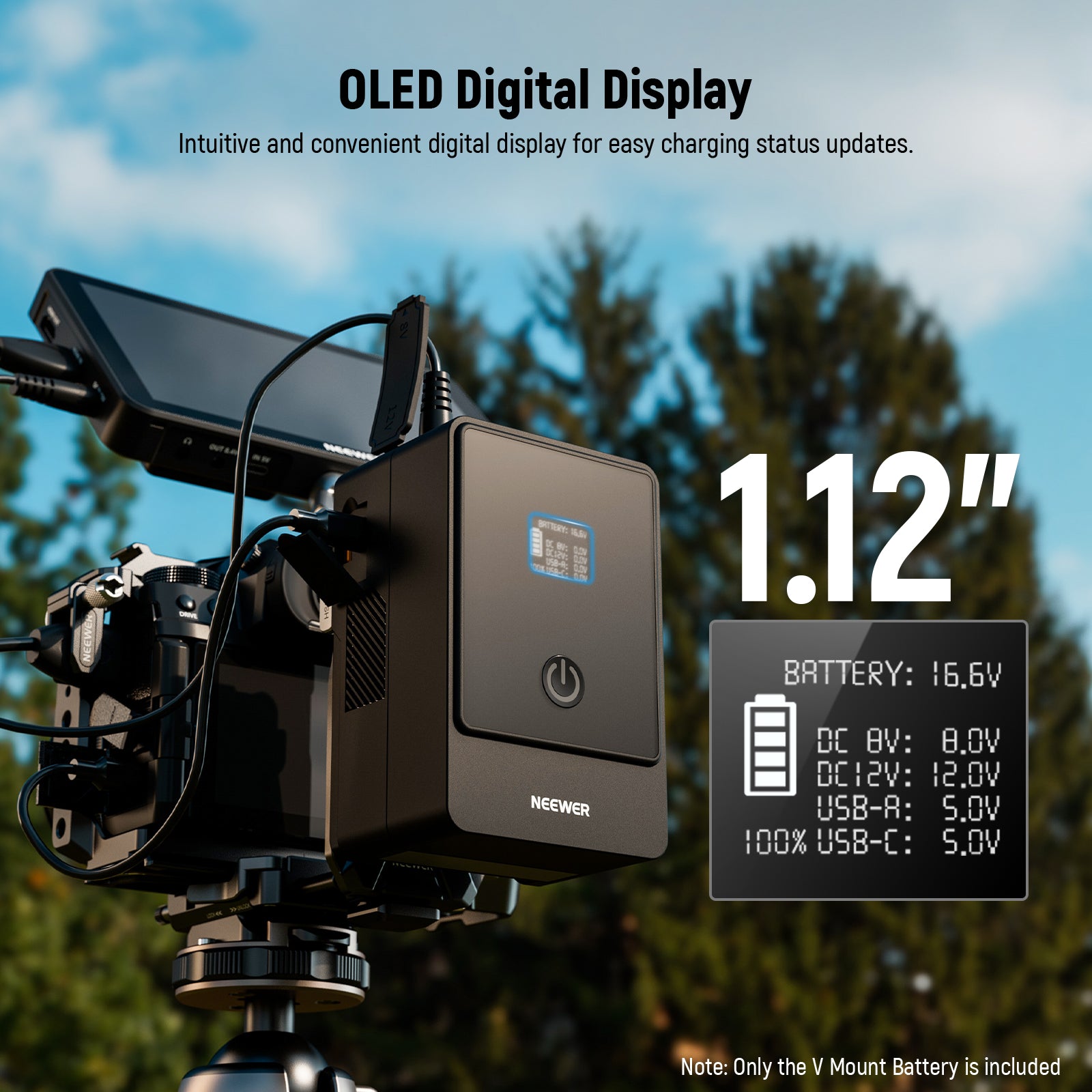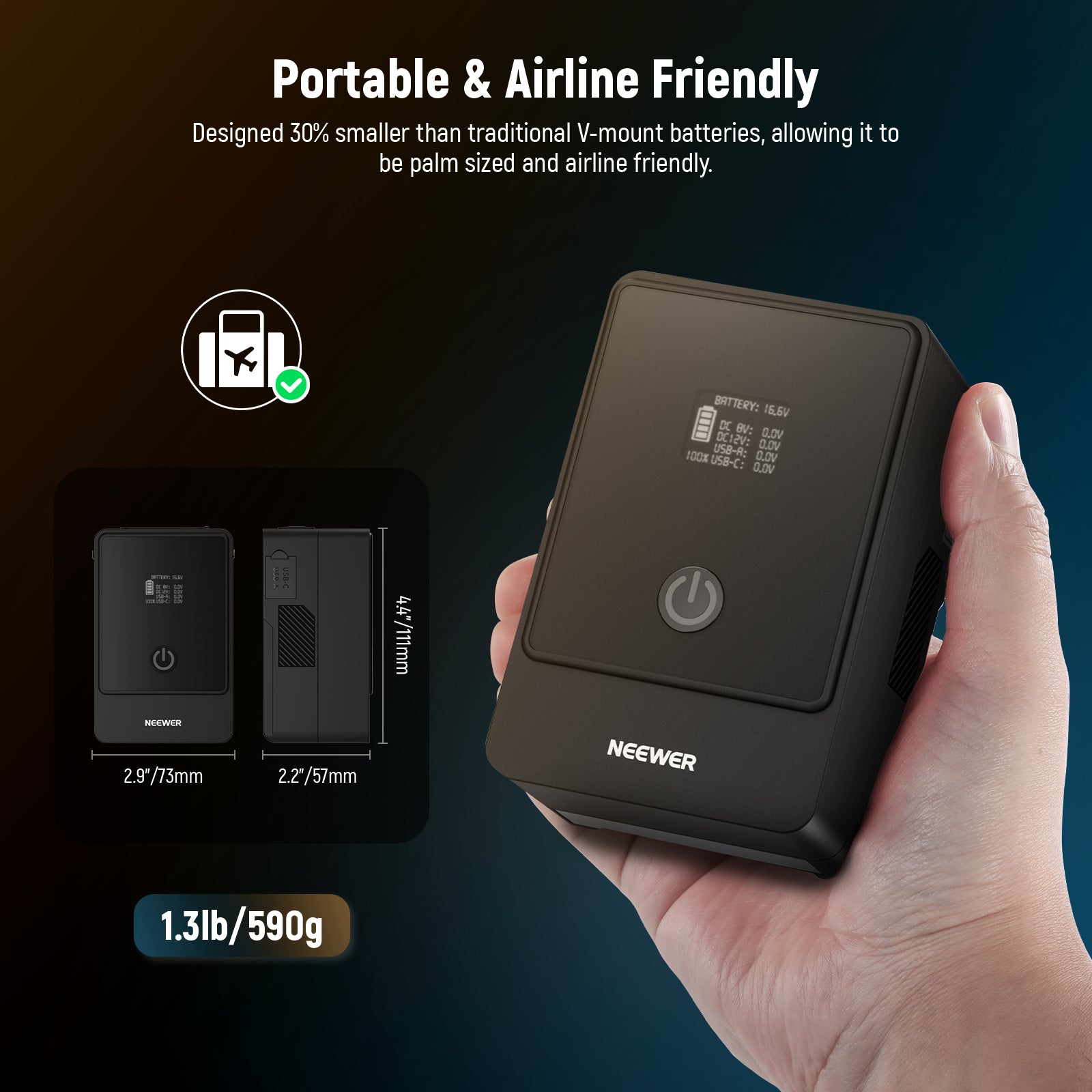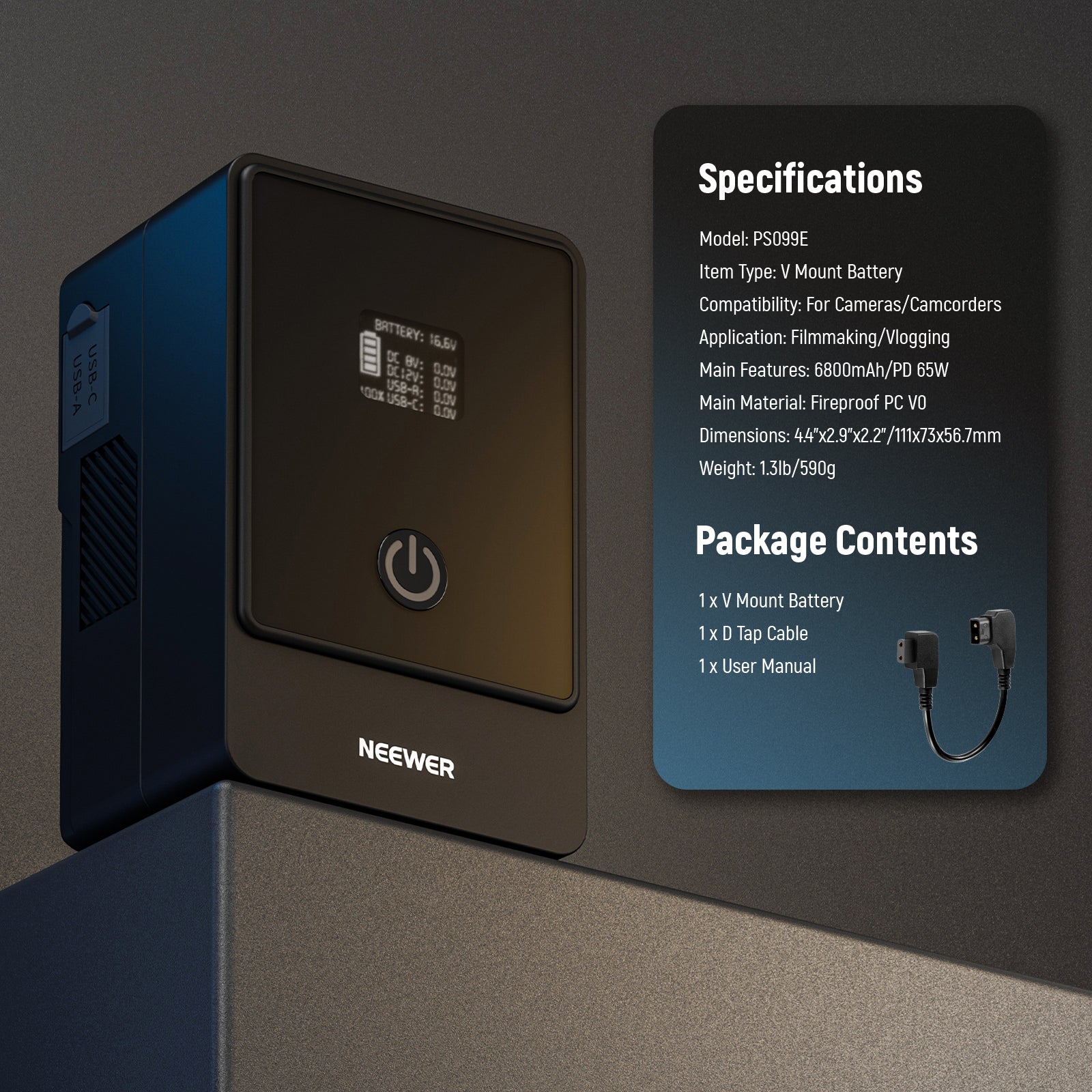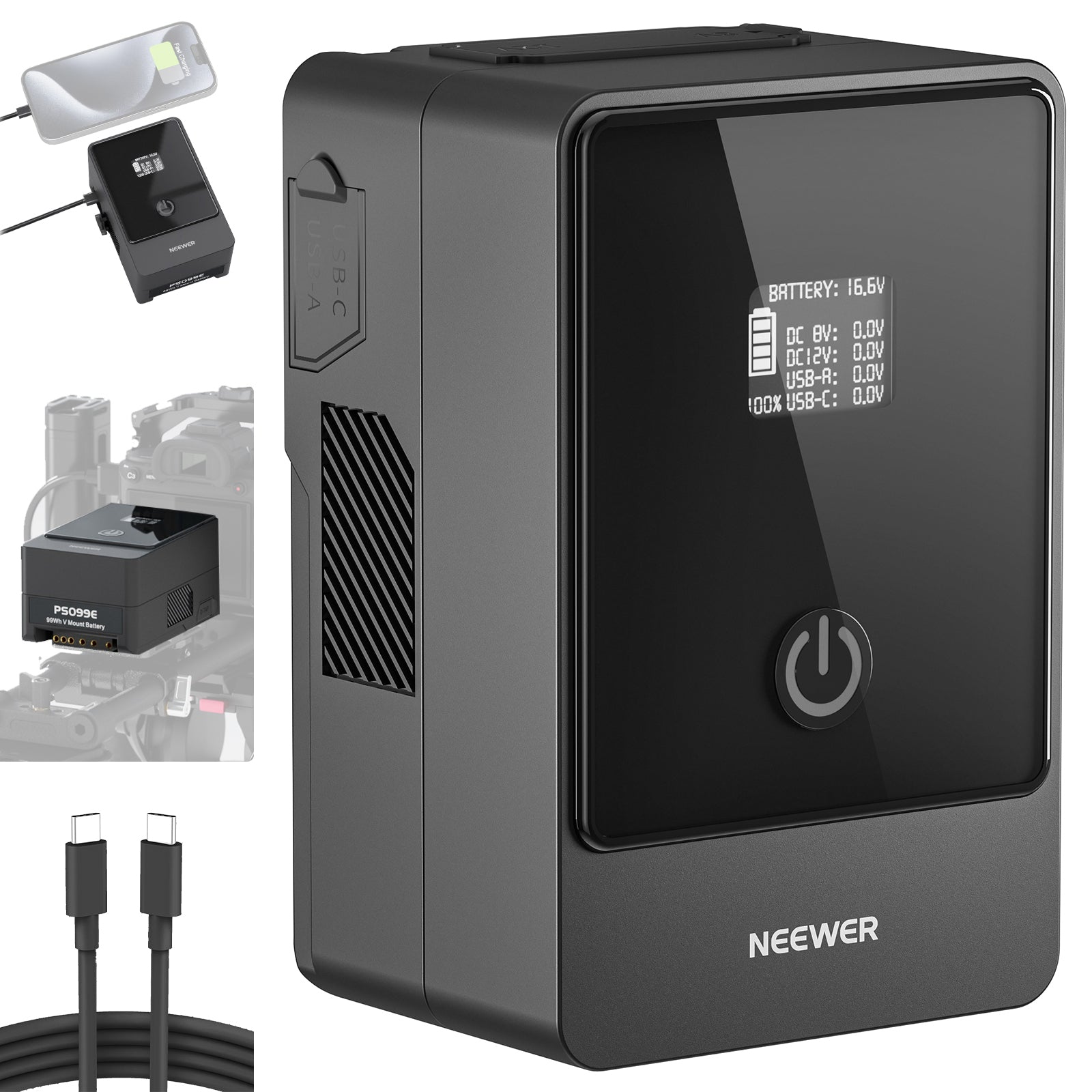Table of Contents
Phone camera lenses include wide-angle, fisheye, telephoto, and other types. Each has a different specific function, but they can all help enhance cell phone photography and allow you to take great photos and videos. In this post, we will explore the types and benefits of a phone camera lens and more.
Types of Phone Camera Lenses Explained

|
Lens Type |
Purpose |
Features |
Best For |
|
Wide-Angle Lens |
Expands the field of view to capture more in a single shot. |
Increases vision angle with minimal distortion. |
Landscape, architecture, group photos, indoor spaces. |
|
Macro Lens |
Enables extreme close-up photography of small subjects. |
Magnifies objects with sharp detail. |
Insects, flowers, jewelry, fine details. |
|
Fisheye Lens |
It provides a wide, distorted view, creating a hemispherical effect. |
180-degree field of view with dramatic curvature. |
Creative portraits, artistic shots. |
|
Telephoto Lens |
Allows optical zoom to capture distant subjects. |
Brings faraway objects closer without losing clarity; a shallow depth of field for portraits. |
Wildlife, sports, portraits. |
|
Anamorphic Lens |
Adds cinematic quality to videos and photos with a widescreen aspect ratio. |
Produces horizontal lens flares and a dramatic, movie-like feel. |
Filmmaking, music videos, vlogging. |
1. Wide-angle Phone Camera Lens
Wide-angle phone camera lenses create a wider field of view, allowing you to capture more in one photo. This lens is especially useful for landscape photography that showcases the length and breadth of a mountain range or the openness of a sunset. It’s also nice for architecture to even capture tall buildings or large structures in the frame.
In practical terms, wide-angle phone camera lenses are great for group selfies or indoor shots when you want to fit a lot of scenes into the frame but are pressed for space. For example, taking a family gathering that’s sitting around a dining table can be much easier to capture with the NEEWER LS-42 PRO Wide Angle Lens. This level of minimal distortion guarantees contrast while still maintaining the proportions of subjects, making this a go-to choice for all types of casual and professional photography use.
2. Macro Phone Lens
A macro phone lens can focus very close to a subject, capturing fine details that standard lenses miss. It is perfect for emphasizing the delicate details of a butterfly’s wing or the petals of a flower. This lens transforms your phone into a microscope, ideal for discovering the small miracles of the natural world.
NEEWER LS-28 PRO 10X Macro Lenses are great for creative photography or photographing small items for e-commerce in practical use. Increased detail of the sparkle of a diamond ring, the depth of a deep pool of blue fabric, or the texture and weft of a cloth can all make product presentations that bit special. It also provides sharp, close-up images, making it an essential tool for detail-oriented projects.
3. Phone Fisheye Lens
The 180-degree view of a hemispherical image produced by a phone fisheye lens gives a very exaggerated and bold effect. In terms of action sports photography, it is most commonly used, for example, to shoot skateboard tricks or BMX stunts, again where the curved distortion gives an energetic and dynamic appearance. This phone camera lens is also commonly used for creative, eye-catching portraits.
NEEWER LS-29 PRO 8mm Fisheye Lenses create fun in everyday moments, like taking goofy selfies with friends or capturing an entire room in a single frame. Also, if you use a fisheye lens to photograph a circular fountain or playground from a high vantage point, you'll get very impactful spherical images, and they usually get a lot of attention on social media.
4. Telephoto Lens for Phone
A telephoto phone camera lens allows your phone to zoom in on distant subjects without losing clarity. The optical zoom that comes through makes sure that shots are sharp and well-defined. It’s suitable for photographing animals in the wild, like a bird sitting on a branch in the distance, or isolating a scene, like a performer on a busy stage.
This phone camera lens, like the NEEWER LS-36 PRO 7X Telephoto Lens, also works wonders for portrait photography, with its creation of a shallow depth of field and beautiful background bokeh. In practice, that means snapping a close-up photo of a friend at the park, which will render their face in sharp focus but gently blur the greenery behind them, giving the whole shot a more professional look.
5. Anamorphic Lens for Phone
The anamorphic lens, as the name suggests, is an aspiring cinematic lens, squeezing the image horizontally as much as possible to enable the widescreen aspect ratio. It’s commonly used in filmmaking for a dramatic, cinematic effect in videos. The phone camera lens also produces distinctive horizontal lens flares often featured in action or sci-fi movies, giving a cinematic feel.
In more casual use, this phone camera lens is perfect for capturing narratives in video, like travel vlogs or music videos. For instance, taking a NEEWER LS-43 PRO 1.55x Blue Flare Anamorphic Lens when photographing a sunset in front of a city skyline creates a beautiful sweeping cinematographic feel that lends itself naturally to cinematic immersion in your content.
What are the Benefits of Phone Camera Lens?

1. Enhanced Photography Quality
Phone camera lenses improve the overall image quality by offering better clarity, sharpness, and greater detail. For example, wide-angle and telephoto phone camera lenses help you take wider or zoomed-in photos, while macro lenses take detailed close-ups, making it easier to take professional-quality photography on a mobile phone.
2. Creative Control
Adding lenses gives you more control over the final look of your images. With phone camera lenses like fisheye and anamorphic, you can experiment with unique effects such as wide distortions and cinematic visuals. This creativity allows you to produce more diverse content that stands out on social media or in professional work.
3. Cost-Effective Upgrade
External phone camera lenses are a low-cost method for upgrading your smartphone’s camera, which can eliminate the temptation to buy an expensive new phone. You can get an excellent image at most any angle you want for pennies on the dollar compared to separate units, with an extensive range of lenses for specialized use.
4. Portability and Convenience
One of the most prominent things about phone camera lenses is that they are lightweight and can easily be carried and used anywhere. Unlike traditional cameras with bulky setups, external phone lenses are portable and can be attached or removed in seconds. This convenience enables immediate access to improved photography without the need for additional burden on the equipment.
Do Telephoto Lenses for Phones Work?
Yes, the telephoto lenses for phones work and deliver a meaningful upgrade to a smartphone’s zoom performance. Most phone cameras use digital zoom, but a telephoto lens utilizes optical zoom, so it can zoom in on distant objects without image degradation. This captures more detail from further away so is especially great for wildlife photography, sports, and other situations where you can't get close to the subject.
However, telephoto lenses have different levels of optical quality, and that can depend on the brand and specific design as well. NEEWER 2nd generation phone camera lenses are professional phone attachment lenses that can help you improve the quality of your cell phone photography and make sure you take satisfying photos and videos.
The Advantages of NEEWER Upgraded Phone Camera Lenses
1. Brand New Exterior Design

NEEWER upgraded phone camera lenses feature a sleek, modern design highlighted by a distinctive blue metallic ring. This professional aesthetic not only enhances the lens's visual appeal but also reflects its superior craftsmanship. The design makes the lens stand out as a high-quality accessory for both casual and professional photography.
2. Enhanced Coating Technology

NEEWER upgraded phone camera lenses are based on nano-coating technology, which can effectively minimize the impact of glare and reflections, and reduce chromatic aberration. This upgrade ensures optimal light transmission for clearer, sharper, and better images.
3. Upgraded Metal Exterior Craftsmanship

With precision CNC metal processing, NEEWER upgraded phone camera lenses boast a premium metallic texture that ensures durability and a refined look. The upgraded craftsmanship not only provides a robust build but also adds a professional feel to the lens, elevating its overall usability and aesthetic appeal for discerning photographers.
How to Install NEEWER 2nd Generation Phone Camera Lenses?

-
Attach the clip to the main camera of the phone: Begin by positioning the lens clip over the main camera of your smartphone. Ensure the clip sits securely to avoid misalignment during use.
-
Ensure the threaded hole is aligned with the center of the camera: Check that the threaded hole on the clip aligns perfectly with the center of your phone’s camera. Proper alignment is essential to prevent vignetting and to ensure clear image quality.
-
Tighten the fixing knob securely: Once aligned, tighten the fixing knob on the clip securely. This will stabilize the lens and keep it firmly in place during use.
- Screw the lens onto the thread tightly: Finally, attach the lens by screwing it tightly onto the thread of the clip. Make sure it is securely fastened to prevent any movement or detachment while capturing photos or videos.

